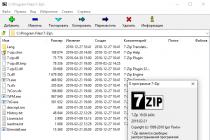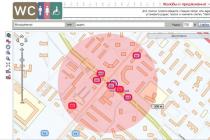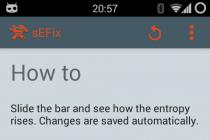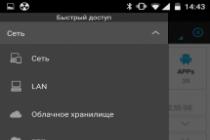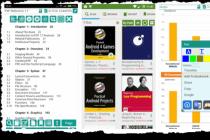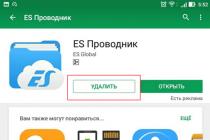The design of the Huawei P9 can be called stylish and attractive, but not original - it looks just like the P8 or P9 Lite. It looks good and fits comfortably in the hand, but in our opinion, it would not hurt more uniqueness.
Dimensions Huawei P9 - 145 × 70.9 × 7.2 mm, comparable to Huawei P8 or Samsung Galaxy A5 (2016), but slightly different in thickness. The phone is compact enough to hold in the palm of your hand, and can even be operated with just one hand. The weight remained the same as its predecessor, 144 grams - of the direct Android competitors in 2016, perhaps only Xiaomi Mi5 is lighter.
Externally, as we already said, Huawei P9 is similar to its predecessors - a rectangle with Huawei's inscription under the screen and touch keys on the display. The bezels around the screen are quite thin - the ratio of its area to the surface of the device is about 73%. The only feature is the fashionable so-called 2.5D glass, which means that it is slightly curved at the edges. For antennas (of which there are three here), plastic strips are provided in the metal case, running across the side ends. From behind, the smartphone looks a little more unusual, mainly due to two cameras (by the way, not protruding from the body), which immediately catches the eye and can give rise to surprise and questions from oncoming people. Well, there is a certain showiness in this, today not every smartphone or tablet can evoke any memorable emotions. Excluding the second camera, Huawei P9 reminds of another flagship of the company - Huawei Nexus 6P due to the same black stripe on top. True, in this case, the fingerprint scanner is not round, but square, the strip is thinner and does not look like it is sticking out of the body. The fingerprint scanner on the back works instantly when touched. The only pity is that the slot for the second SIM card is combined - in its place you can put either a SIM card or a memory card. Another unusual detail is the new connector USB Type-C, instead of the common MicroUSB.
The case of Huawei P9 is made of metal, the workmanship is quite high. It looks and feels like a premium device - it's not just looks, it's tactile. The metal back is pleasant to the touch, this feeling is akin to the same in HTC phones like HTC One M9. Still, this is a rather thin phone that lends itself somewhat to bending, so don't be fooled and put it in your back pocket of your trousers.
The Huawei P9 smartphone can be purchased in six colors - white, gray, silver and three varieties of gold (regular, smoky and rose gold). Many of them will probably not be sold in Russia.
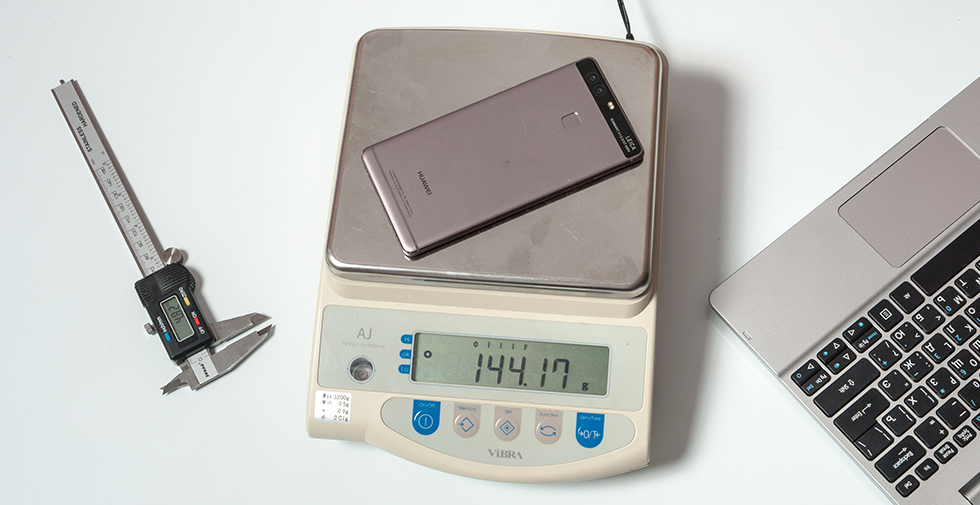
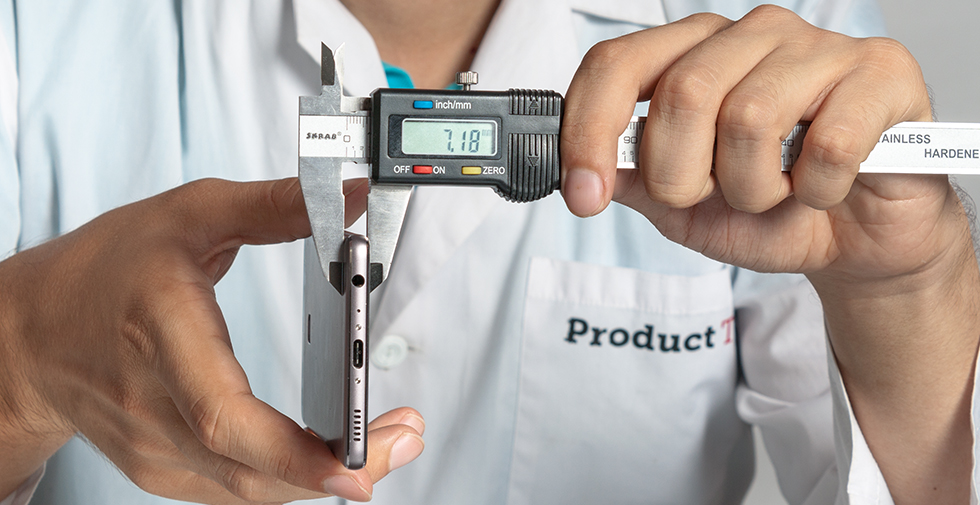
Screen - 4.8
The 5.2-inch screen of the Huawei P9 is high-quality enough to be called a truly flagship. But, in our opinion, it is "typically flagship" and lacks some chips against the background of stellar competitors.
Display Huawei P9 received "low" Full HD resolution... Yes, today it looks modest and outdated for a flagship, but in fact, this is enough for the eyes. The pixel density (423 ppi) is sufficient for a clear image. The type of matrix used is an updated IPS (or IPS-NEO), with deep blacks and fairly wide viewing angles. The display brightness rises to 516 cd / m 2, and drops to 7 cd / m 2 at minimum. This is quite enough for both a sunny day and darkness. The screen received a fairly effective oleophobic coating and an auto-brightness function. Contrast is also good at 980: 1, although it can be better. The color gamut falls slightly short of sRGB, covering only 91% of it. But the color deviation is small, about one unit, which is good even for a flagship. The screen is readable in the sun almost without problems, which makes it stand out against the background of displays with a conventional IPS-matrix. Separately, we note the mode of operation with gloves for work in winter and manual adjustment of the color temperature of the screen.
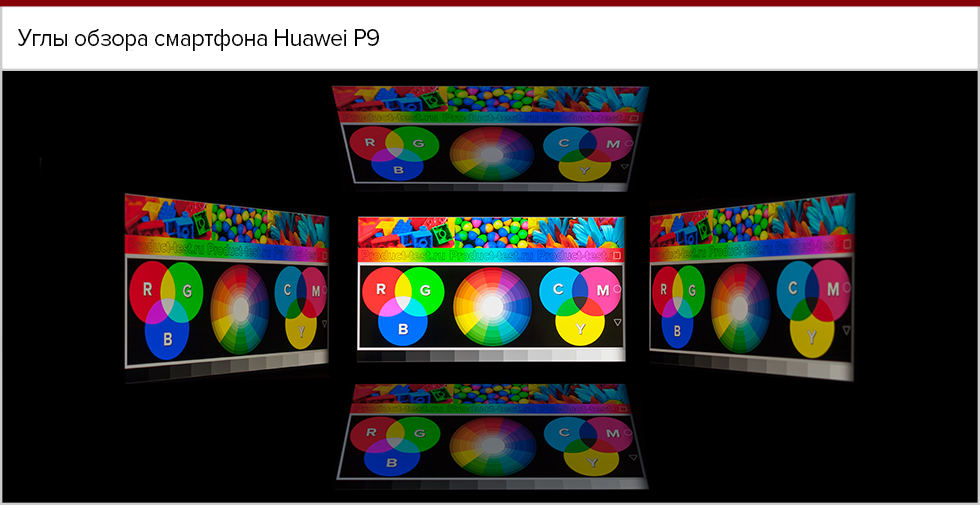
Camera
Huawei P9 received top-end cameras - two on the back of 12 MP each with dual flash and laser autofocus, plus a front camera of 8 MP. They can easily be called one of the best, but, in our opinion, they are still slightly inferior Samsung Galaxy S7 and LG G5.
Indeed, the most interesting and innovative thing about a smartphone is its cameras, developed in cooperation with Leica. So, these are two modules of 12 MP each, and the first camera is quite ordinary, but the second is not at all simple. No, it is not gold, but monochrome (read black and white). It does not have the Bayer filter used in color cameras, so it captures a lot of light (up to 3 times more than a regular color camera). This allows the camera to shoot well in low light conditions or, for example, take true monochrome pictures, and not discolored by processing color photos like other smartphones. When you take a picture, both cameras work and information from them is combined in one photo, that is, a black and white camera, as it were, complements the picture. So the second camera is needed not only for dramatic black and white shots, together with the main one, it also allows you to more accurately determine the distance to objects (coupled with the work of laser focusing). It also helps to take photos with a blur effect, and the result of this effect can be viewed live on the screen, and not after the fact after processing, as on other phones.
Speaking separately about the color camera, it corresponds to the high flagship level and is quite comparable in shooting with the iPhone 6s, but still inferior to other leaders. Thanks to its wide dynamic range, HDR mode is virtually eliminated, although it does have an automatic HDR mode as well.
V manual settings camera, you can choose to shoot in RAW format and adjust the following parameters:
- ISO (50 to 3200)
- shutter speed (1/4000 to 30 sec)
- exposure (-4 to +4)
- focusing (macro to infinity)
- white balance (from 2800 to 7000 degrees).
It is impressive that in the dark you can shoot a photo with a long exposure, up to 30 seconds, the rest is not so surprising. So, the camera can be called one of the best for shooting conditions in low light.
What we didn't like was the updated interface. Firstly, at first it is not clear that all settings need to be pulled with a swipe to the left or right. Secondly, the icons in the "modes" window got almost rectangular, smoothed along the edges of the frame and rough fonts that remind of some Soviet device, for example, a game where a wolf catches chicken eggs.
The 8MP front camera is rather dark by modern standards, with a narrow aperture (f / 2.4). Nevertheless, she succeeds in selfies very well. As always, by default, she suggests shooting with a beautifying filter that hides skin imperfections.
It is a little frustrating that cameras cannot shoot video in 4K resolution, while others are already doing it with might and main.
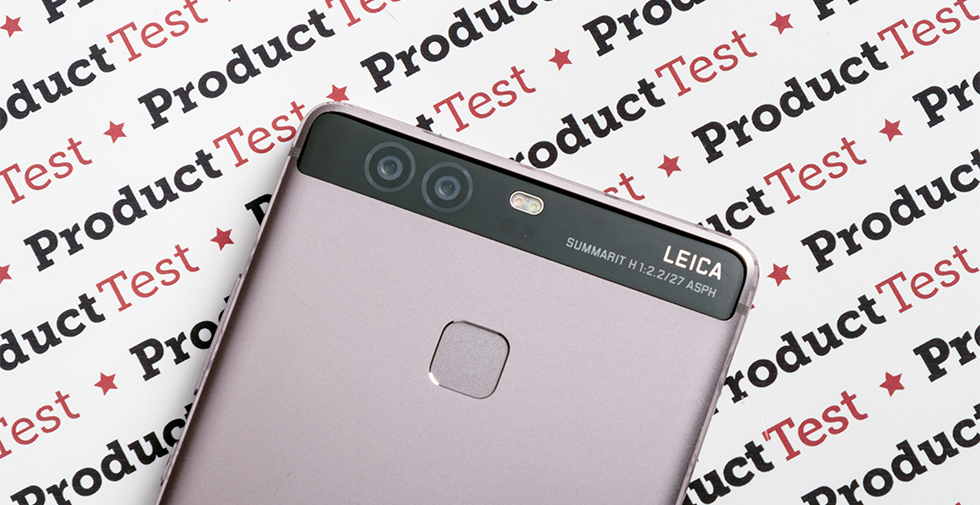
Photo from the camera Huawei P9 - 3.7


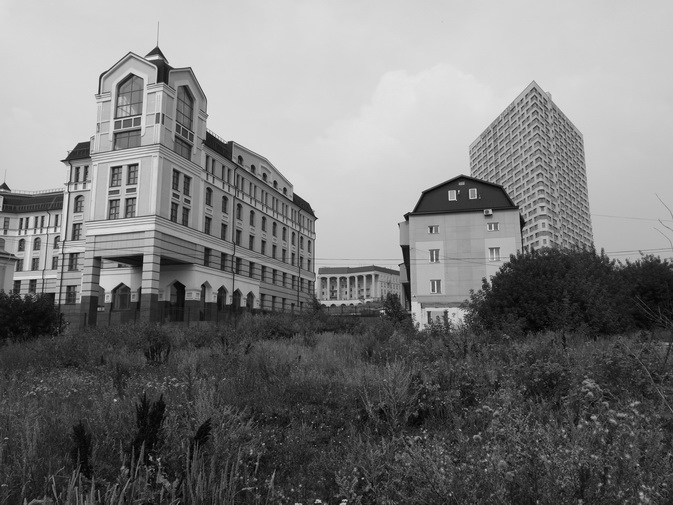
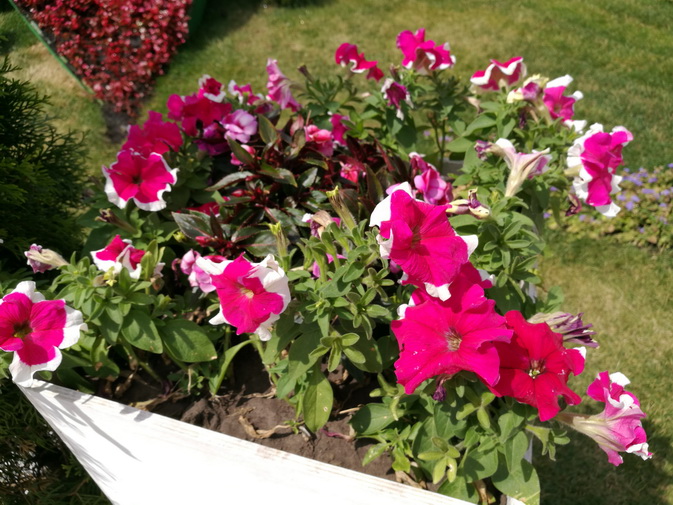
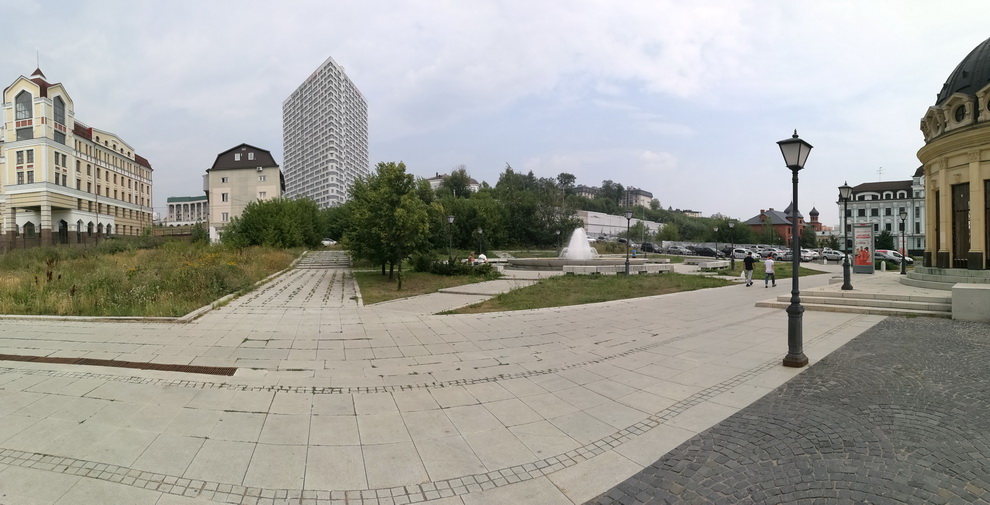
Photo from the front camera Huawei P9 - 3.7

Comparison of color and black and white photos from Huawei P9 cameras



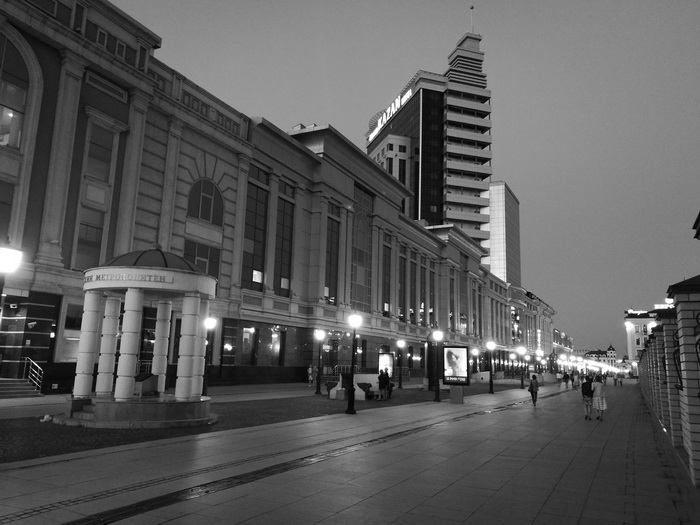
Working with text - 4.0
On the Huawei P9, you can choose between two keyboards: the standard one from Google and the Huawei Swype. Well, or install any other of Play Market... Google's keyboard is probably already familiar to you, it comes by default on most Android devices. It has support for continuous input, the ability to change the language with a separate key, but there is no quick access to additional characters. For the latter, every time you have to go to a separate menu. Huawei's own Swype keyboard is no worse, or maybe even better, it is distinguished by the corporate design and markup of those very additional characters. But besides this, it has many other functions: from displaying the trajectory of finger movement and adjusting the keyboard height to adjusting fonts and control gestures. A small flaw that can be annoying is switching between languages. There is no separate key for this, so you have to hold down the space bar and swipe to select the language from the drop-down menu.
Internet - 5.0
Preinstalled on Huawei P9 Google browsers Chrome and Opera, branded for some reason disappeared. The first one is found on almost all Android devices and has its own peculiarities. It works quite quickly, although it is gluttonous in terms of random access memory... In addition, the popular browser allows you to sync history and tabs with its desktop version. This is quite convenient due to its prevalence. The main advantage of Opera is the auto-fitting of texts to the width of the screen. At the same time, it is not clear where the Huawei branded browser with a bunch of interesting chips disappeared.
Communications - 3.8
In terms of communications, the Huawei P9 can be called an advanced smartphone with some drawbacks. So, it is equipped with an impressive set of interfaces:
- high-speed dual-band Wi-Fi 802.11 (a / b / g / n / ac) with Wi-Fi Direct
- Bluetooth v4.2
- fast LTE (up to 300 Mbps)
- A-GPS with GLONASS and Beidou support
- the single-symbol versions have an NFC chip.
There is no FM radio, but there is support for up to two NanoSIM cards. In this case, the slot for the second is a combined one, which means that you can insert either a SIM or a memory card in its place. The version with NFC has not yet appeared on sale, so you are faced with a choice: either one SIM card and NFC, or two, but without NFC. And even if you choose the second option, you will again have to choose whether to install a memory card or not.
Instead of the usual MicroUSB connector, a new USB Type-C is used. It also supports OTG for connecting peripherals if you can find a suitable cable.

Multimedia - 4.4
The Huawei P9 phone stands out for its support of most common audio and video codecs, while it sounds pretty good.
About this support, we can say the following - the smartphone calmly chewed everything that we threw into the jaws of its players, the only exception was AC-3 audio, but this is typical for most mobile devices.
The Huawei P9 uses its own music player, though it doesn't shine with anything special. It only has display settings, a timer and a sound enhancer (it becomes more spacious) when listening with headphones. The only strange thing is that there is at least no equalizer, which was found in other phones with older versions of the proprietary firmware. The video player is also quite simple and trivial, but in it you can swipe up and down on different parts of the screen to adjust the brightness and volume. In addition, there is perhaps a setting of the playback speed and the ability to lock the screen so as not to accidentally close the video being watched.

Battery - 3.0
The autonomy of the Huawei P9 turned out to be only average, it does not differ much from the results of the Huawei P9 Lite. This in itself is not bad, but you expect all the best from the flagships.
The smartphone received a battery with a capacity of 3000 mAh, average. So, when we watched HD video at maximum brightness, the phone was discharged in 7 hours and 20 minutes, the result is slightly higher than that of the Huawei P9 Lite and LG Nexus 5X. In the test in player mode, the P9 also turned out to be slightly better than its "light" version, but not by much, 52 hours, as in the LG G4, which also does not stand out for its high autonomy. But in other tests, the results turned out to be quite good, for example, an hour of work of the GeekBench 3 benchmark drained the battery by 13%, and shooting a 10-minute video "took away" only 5%. In 3D games, the smartphone will last more than 4 hours. In daily use, the Huawei P9 was enough for a day, and sometimes less (carried away by shooting or some kind of game). For those who want to save battery, there are a number of interesting tricks - lowering the screen resolution to 1280 × 720, automatically closing power-hungry applications and power saving mode (only calls and SMS messages are available in it).
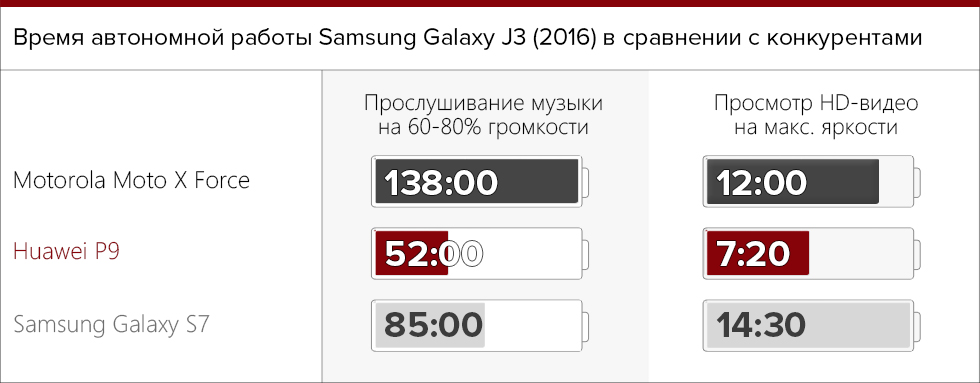
Performance - 5.0
Huawei P9 is fast in daily use, it is enough for solving all smartphone tasks, but in heavy games and benchmarks, it is still inferior to other flagships.
The phone received a new 8-core HiSilicon Kirin 955 processor (four Cortex A-72 cores operate at up to 2.5 GHz, the other four Cortex A-53 - up to 1.8 GHz), not much different from the Kirin 950 in Huawei Mate 8 ... The Mali-T880 MP4 is used as a graphics accelerator.
The smartphone does not slow down, the interface works briskly, but if in tests for processor performance the smartphone is somehow comparable with other flagships (for example, with HTC 10 or LG G5), then in graphic tasks it is inferior to them, moreover, very noticeably. True, in daily use you will hardly notice the difference - everything works smoothly, and even the most demanding games do not slow down. But the scores in the benchmarks are still lower than those of other flagships, by the way, and here they are:
- Geekbench 3 - 6245, comparable to Galaxy S7
- AnTuTu 6.1 - 91232, higher than the Android flagships of 2015, for example, the Motorola Moto X Force, but lower than the more modern ones
- Ice Strom Unlimited from 3DMark - 19312, similar to the Asus Zenfone 2 ZE551ML, the “flagship for the budget conscious,” or the Galaxy Note 4, an old phablet.
By the way, the body of the smartphone practically does not heat up during operation. So, after half an hour of games, its temperature did not exceed 38 degrees.

Memory - 5.0
You can choose a smartphone in two versions - either 32 or 64 GB of internal memory. And by choosing the first, you will get 3 GB of RAM, and with the second it will already be 4 GB. We tested the 32 GB mod, of which 25 GB were available. For those who are not enough, there is a memory card slot with which you can add up to 200 GB. The smartphone supports hot swapping of the card without rebooting the device. On external memory you can store not only photo and multimedia content, but also transfer many applications.
Peculiarities
The new flagship Huawei P9 received fresh Android 6.0 Marshmallow and a new iteration of the EMUI 4.1 interface.
Unusual in the smartphone can be called a combination of two rear cameras - color and black and white, metal body, new USB Type-C connector and a fingerprint scanner. Moreover, the latter works not only for unlocking, it can also be used to control the phone. For example, take pictures, answer calls, flip through photos, and much more. The fact is that the sensor is distinguished by double clicks, clamps and swipes to the side.
The proprietary interface has been updated, but it cannot be said that for the better. It seems Huawei has outplayed itself with permanent work over it. You no longer see your own browser, the camera application looks completely new, with strange, in our opinion, icons. But this is not the worst thing, the phone's settings have also been redesigned, many items have disappeared nowhere and it is not clear where to look for them now. Okay, at least the system has a search by settings in order to find what you need (however, you need to know in advance exactly what to look for and how it can be called).
Not the most pleasant feature for many will be a combined slot into which it will be possible to insert either nanoSIM or a microSD memory expansion card.
As expected, on April 6, the Huawei brand unveiled a new generation of smartphones from the flagship P-series. To the guests of the event, the venue of which was London, the Chinese showed three devices from this line at once. However, it was the P9 model that received the most attention, since it is equipped with a system of two cameras from the famous Leica company. But not only this is interesting for the newly baked flagship from the Middle Kingdom. This article will help you learn more about the new product.
Packaging and arrangement of Huawei P9
The smartphone comes in a neat white square box. On its surface, in addition to the product name, you can see the Leica logo and the Dual Camera inscription. The contents of the box are pretty typical for a device in this price range. The manufacturer included in the scope of delivery:- USB Type-C cable;
- Charger;
- headset;
- documentation.
Appearance, materials and screen P9
It is worth saying that in terms of design, the novelty is not far from its predecessor P8. At a cursory glance, you may not find any differences at all. Nevertheless, they are present. The shape of the case has remained the same, it is a solid block, the design of which is dominated by minimalism. Thanks to this appearance, the smartphone feels like a solid and expensive thing. On the front side of the device there is a protective 2.5D glass, which gives it even more charm. The edges and the back are made of aluminum, plastic is used only in the area of the camera and backlight. The proportions of the Huawei P9 make it comfortable to use with one hand. There are no complaints about the assembly, nothing will hold together or dangle, the smartphone feels like a kind of monolith. By the way, the "nine" received the following body dimensions: 145 × 70.9 × 6.95 mm. Weight does not exceed 144 grams. There will be devices in four colors - dark gray, silver, gold and pink.
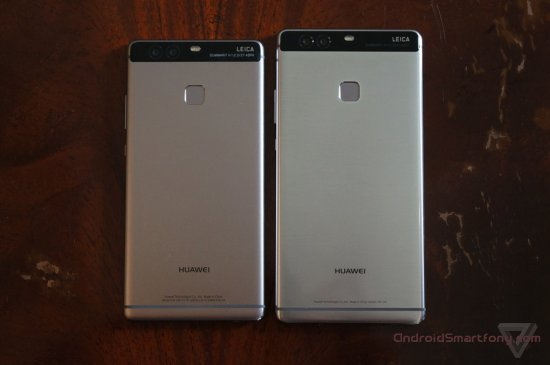
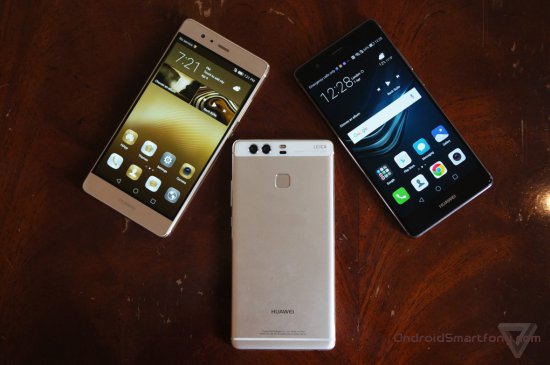

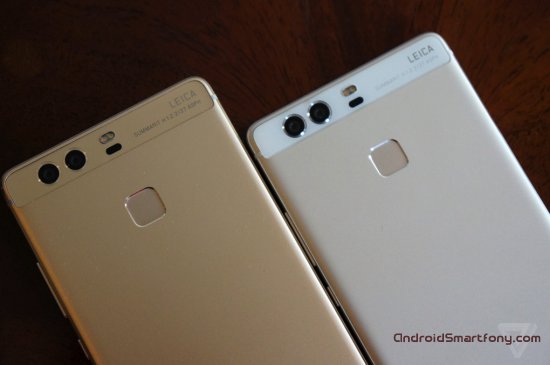
The controls in the new device have not undergone virtually any changes since the time of the model. On-screen buttons are located at the bottom of the screen. The left edge of the device contains a combined tray designed for two nanoSIM cards or a SIM card paired with a microSD card. On the right side there is a button responsible for sound volume and a power key. I was pleased with the presence of a USB Type-C port, which, together with an audio output, a microphone and a speaker, is placed on the bottom end. A fingerprint scanner is installed behind the photo module.
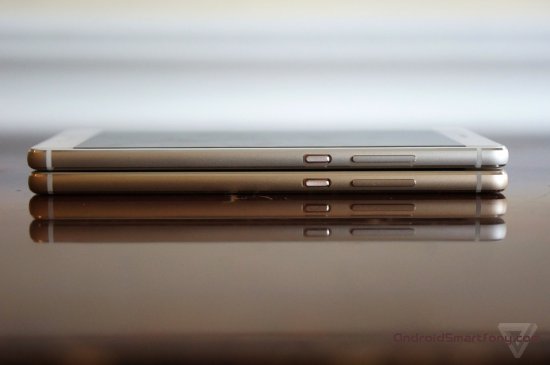
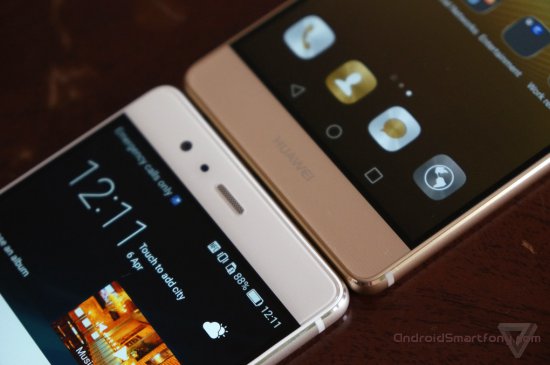

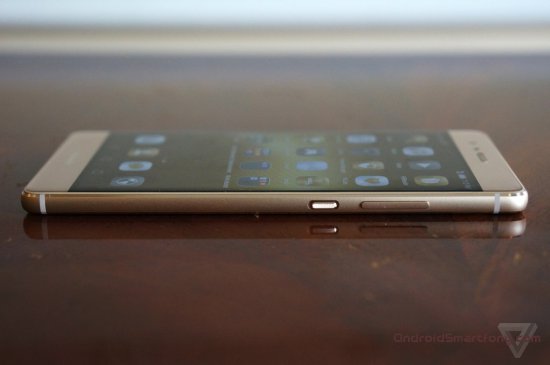
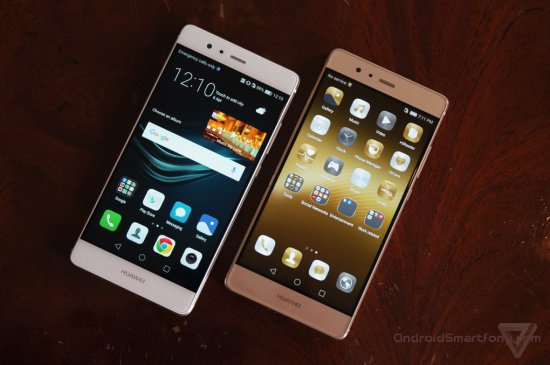
The device is equipped with an excellent FullHD IPS display with a diagonal of 5.2 inches. There are maximum viewing angles and excellent color reproduction. The color temperature can be adjusted to your liking. The backlight is adjustable in automatic mode.
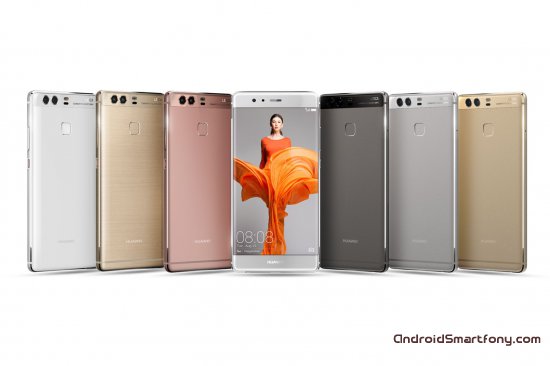
Huawei p9 specifications
The central place in the hardware stuffing of the 2016 flagship is given to the HiSilicon Kirin 955 Octa chipset. In fact, this is an improved version of the Kirin 950 processor, which is equipped with the Mate 8 phablet. So, thanks to this latest development, the Huawei P9 demonstrates a high level of performance, although it loses in this regard to such modern flagships as the Samsung Galaxy S7 and LG G5. According to the AnTuTu test results, the new device scored 96 thousand points. Half of the cores of this 8-core chip run at 1.8 GHz (Cortex-A53), while the other four cores are clocked at 2.5 GHz (Cortex-A72). Graphics processing falls on the "shoulders" of the GPU Mali-T880.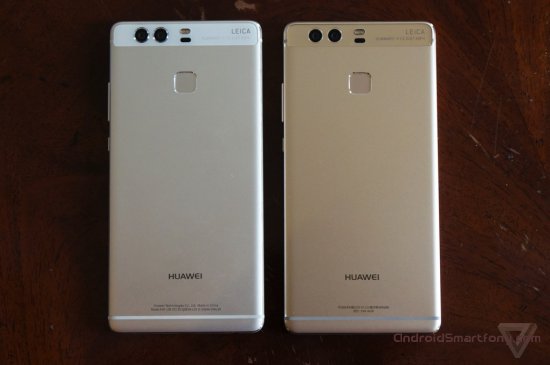
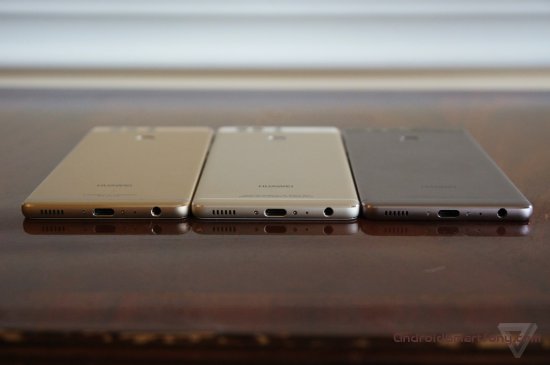
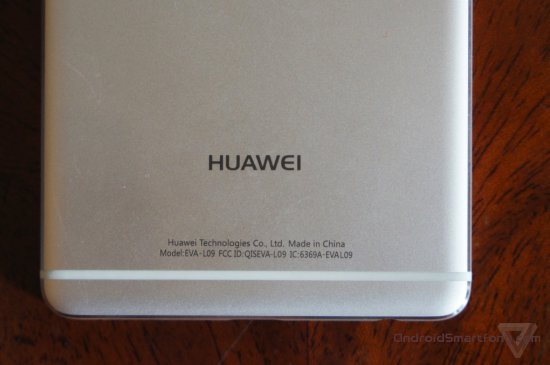
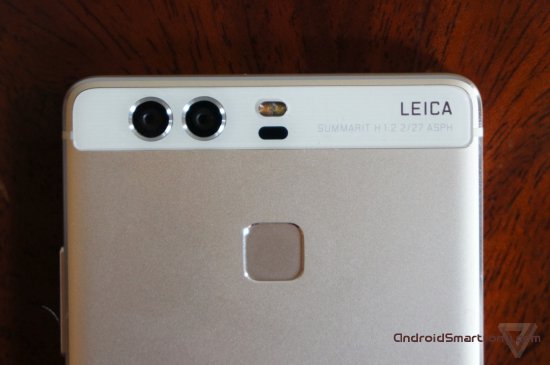
The manufacturer will release two versions of the smartphone - Standard and Premium, endowed with 3 and 4 GB of RAM, respectively. Also, both modifications will receive a different storage capacity - 32 and 64 GB. The storage can be expanded with a memory card up to 128 GB. A smartphone with 3 GB of RAM and 32 GB of user memory on board will be available in Russia. Software part The gadget is based on the Android 6.0 Marshmallow platform, which is hidden under the EMUI 4.1 shell. A non-removable battery with a resource of 3000 mAh is responsible for the autonomy of the new product. Supported fast charging. Wireless connection represented by Bluetooth 4.1 LE, NFC, and Wi-Fi interfaces.

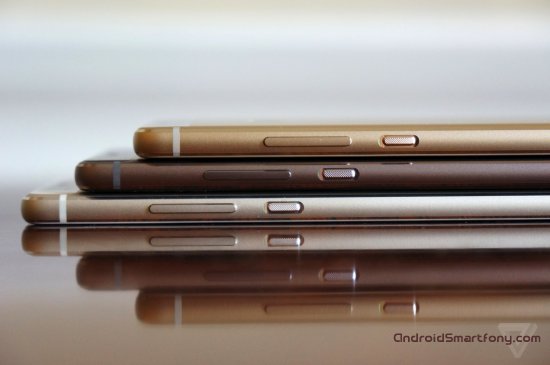
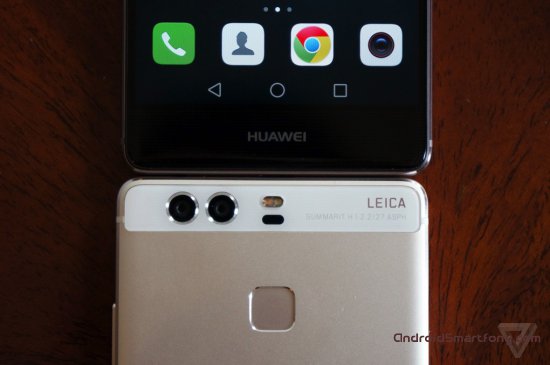
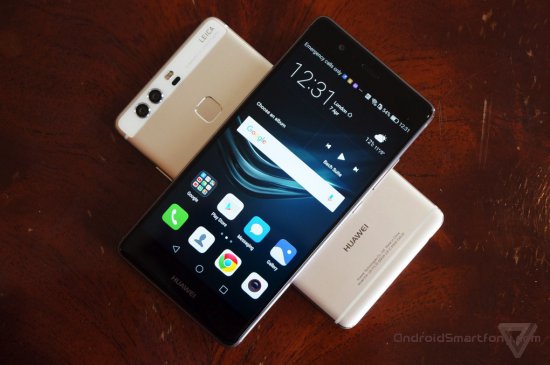
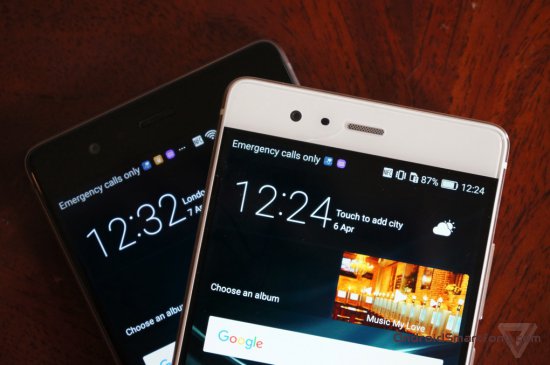
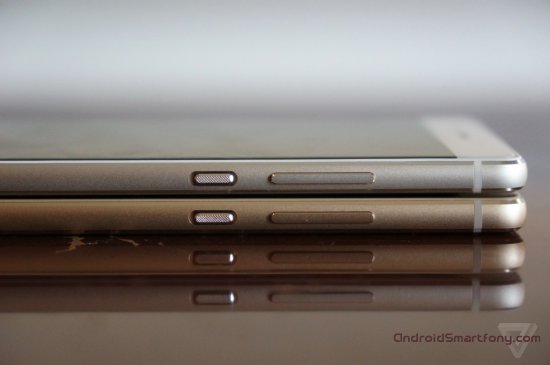
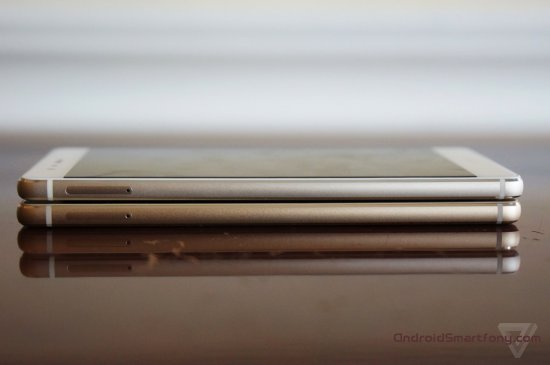
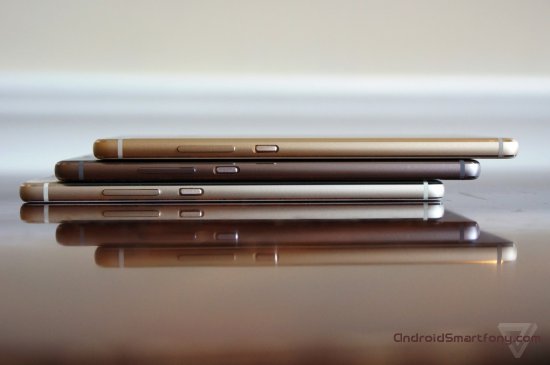
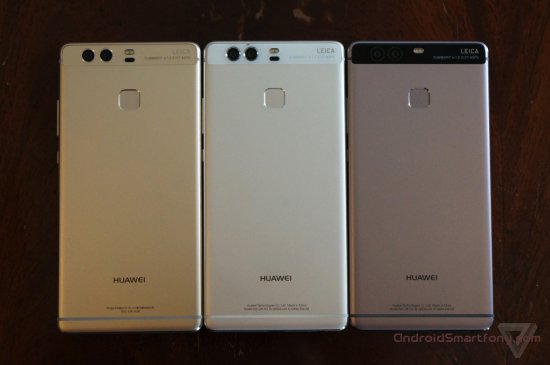
Huawei P9 cameras
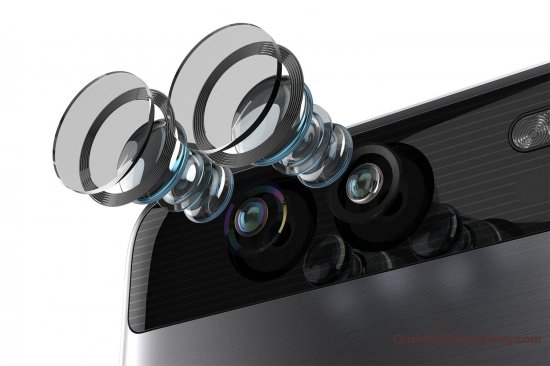
This smartphone can certainly be attributed to the most powerful photographic solutions. The Chinese have equipped their brainchild with a dual camera with Leica optics. Both modules have 12-megapixel resolution and f / 2.2 aperture. The pixel size is 1.76 μm. In the arsenal of the main camera there is a laser autofocus and a dual LED flash, which can work as a flashlight. This innovative approach increases contrast by 50% and triples the light in. Both cameras work together to deliver superb detail and excellent color reproduction. The device also feels very confident in poor light conditions. There are three shooting modes - Standard, Vivid, and Soft. You can create unusual pictures using various visual effects... It can be seen that the collaboration with Leica is reflected in the new smartphone in the best way. "Frontalka" received a sensor with a resolution of 8 megapixels.
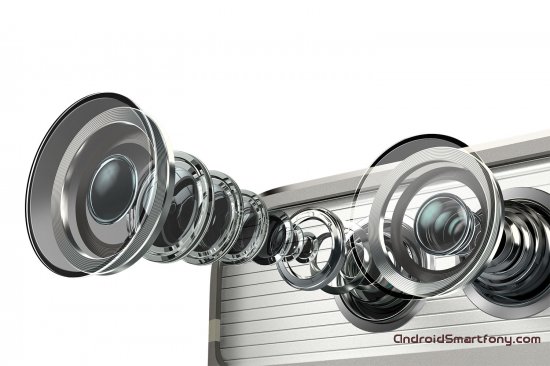
Output
With this smartphone, Huawei has proven that devices from China are now reaching a fundamentally new level. If earlier the emphasis was on the diagonal of the screen and the technical component, now the developers from the Middle Kingdom do not disregard other points. It's hard to say if the Huawei P9 will compete with current flagships, but there are enough pluses in it for many to pay attention to it. The device has good display, premium looks, high-end camera and friendly interface. The only downside is the price of Huawei P9, which can become an obstacle for buyers. In Europe, the Standard version will cost 599 euros and the Premium model is priced at 649 euros. Buy in Russia this model the opportunity will appear closer to the summer, and the price of Huawei P9 will be about 50 thousand rubles.Where to buy Huawei P9 and prices
You can buy Huawei P9 on Ali at the price:64GB 4GB Huawei P9 Gold - Price $ 611.99
32GB 3GB Huawei P9 Gray - Price $ 474.99
32GB 3GB Huawei P9 Silver - $ 469.99
Huawei's P line of flagships has always focused on pushing the boundaries of smartphone design, and the P9 continues that tradition with stunning looks. Plus, Huawei is hard-stuck with 1080p resolution and a proprietary processor.
Huawei faces a daunting task: convincing people that the P9 is capable of challenging the excellent Samsung Galaxy S7 and the innovative LG G5. This is a risky move. We checked the Huawei P9 to see how it stacks up against the competition.
Sleek design
Huawei makes a lot of attractive phones, and it doesn't always get the recognition it deserves. This should change with the P9, because the smartphone is stunningly beautiful. This is the phone to see, take a look at back part Huawei P9, attention is drawn to two cameras located on the same level. There are no bulges here, the all-metal P9 is very sleek. 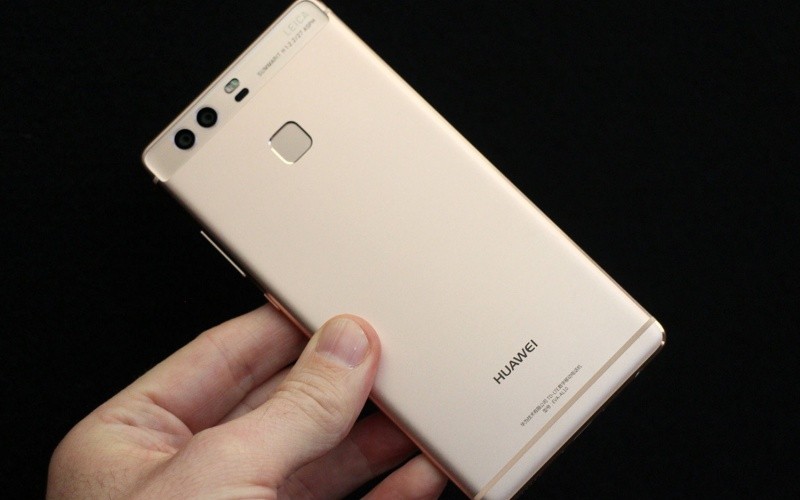
Huawei P9 is comfortable in the hand
The new Huawei P9 is compact, comfortable to hold, and a visual masterpiece. The P8 was good, but this phone is overwhelming. However, there is a problem. For some, this new smartphone will be a little small. It is not small, and the screen is reasonable in size, everything is simple and so well designed that there is nothing superfluous. Everything is very familiar, only on a smaller scale.
Huawei is offering a solution in the form of the P9 Plus. Yes, Huawei chose Plus for the P9, and we just can't imagine why (ahem! IPhone 6S Plus). The Huawei P9 Plus has a 5.5-inch screen with innovative touch technology, but it only works in a selection of native apps, a slightly larger battery, and the same cameras. Surprisingly, the P9 Plus is not much larger than the regular P9, but it has a screen that is larger. 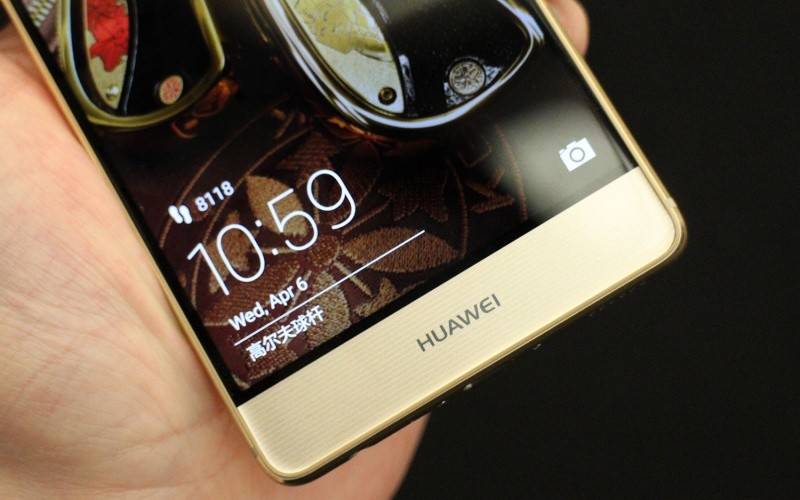
P9 impressive and powerful phone although Huawei does not use the same processor Qualcomm Snapdragon that LG and Samsung are using in theirs. The Chinese company relies on its own Kirin 955 processor. General use, music, video streaming, and camera work do not load the processor at all. Games have shown that it is strong enough to keep up with Qualcomm's chips. It has 3GB of RAM, which is slightly less than we expected. After all, the smaller amount of RAM is initially a concern, but our preliminary tests did not reveal any shortcomings. 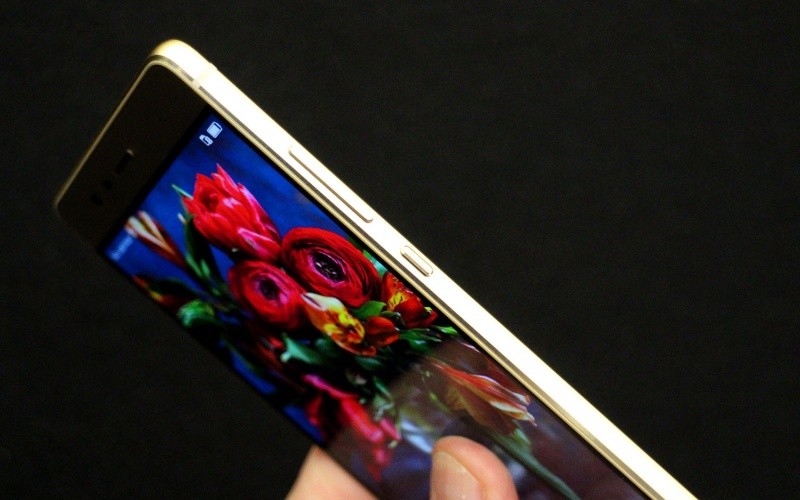
Huawei P9 is ready to take on LG G5 and Samsung Galaxy S7 this year
We tested it with several criteria. Huawei's P9 scored 98.261 on the AnTuTu benchmark. For comparison, the GalaxyS7 scored 134.704, while the LG G5 got 133.054, the same Nexus 6P got 60.007. The P9 is weaker than the G5 or Galaxy S7 in this test, but it is better than the Nexus 6P.
The Kirin 955 has a coprocessor that powers the fitness tracking mode, and the number of steps appears on the lock screen and notification. The Huawei Health app is relatively simple, but provides goals and the ability to track specific activities such as cycling, walking, and running.
The back of the phone features a square fingerprint sensor, which is the evolutionary sensor used on the Mate 8. This time, it offers a new level of security. It's super fast, but it still won't respond if there's more than just a hint of moisture on your finger. 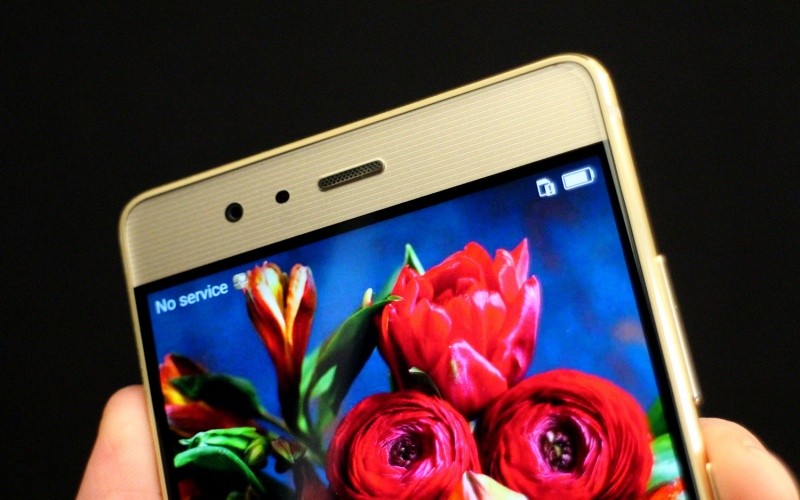
Software
The P9 runs Android 6.0 with Huawei's EMUI 4.1 user interface. The company continues to improve the user interface, and the latest version is less intrusive than the old ones. No, this is not pure Android, there are too many pre-installed (but easily uninstalled) apps. You can choose from different themes if you want to personalize your smartphone even more.
The main disadvantage, unique user interface is that the company will not be able to update its devices to the latest Android version... Updates software are important because they often serve to close security holes. It's a shame that Android manufacturers don't take updates as seriously as they should. 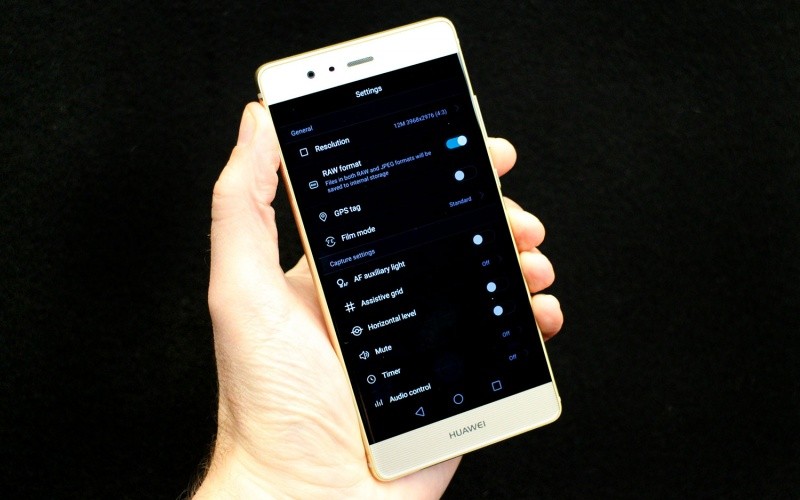
Leica camera
Huawei is not alone in contributing a lot to the success of the P9. Leica didn't just put their name on the back of the phone and put some filters in the camera app. The renowned camera manufacturer is deeply involved in creating and configuring the dual cameras in the P9. How deep is Leica's involvement? Open the interface Huawei cameras The P9, icons, fonts, and even the shutter sound are all from Leica. Leica wants fans of their products to feel right at home using the P9.
The monochrome lens is a revelation, producing deep, true blacks, beautiful pungent whites and grays.
Both lenses, the wide-angle camera on the back of the phone, were developed in collaboration with Leica, and the 12-megapixel sensor itself is from Sony. One camera shoots in color, while the other captures detail in monochrome (black and white). Meanwhile, wide-angle lenses provide depth and field adjustments after shooting. 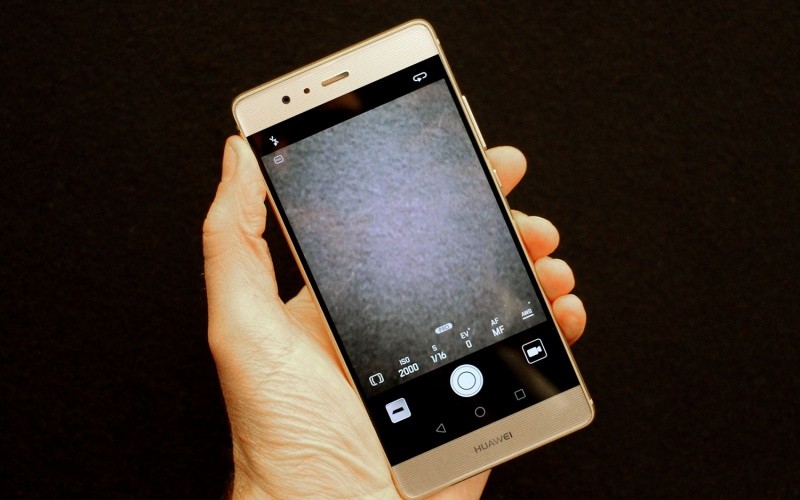
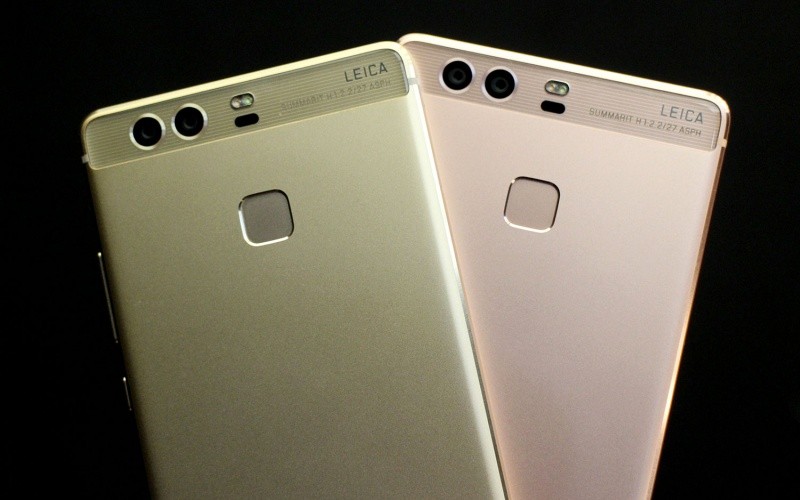
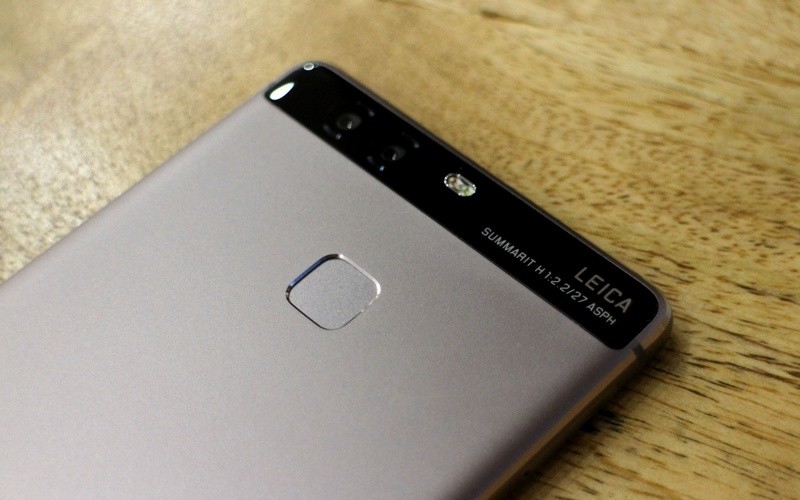
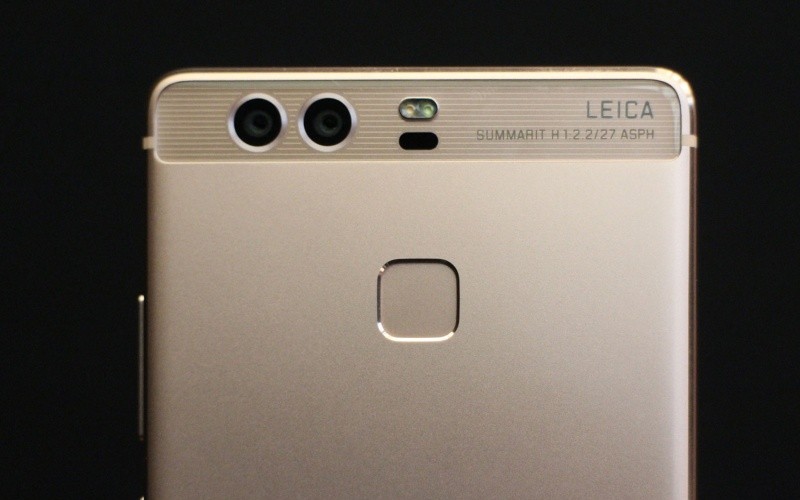
Huawei has proven it can make a good camera with the Huawei P8, but Leica technology improves the quality of the cameras in the P9.
Let's start with the P9's camera interface. Huawei has made big improvements to this app on the P9. It's much easier to use than the app on the P8, Mate S, or Mate 8. Every function is available, but the interface isn't cluttered with anything.
Camera requires configuration
Swipe right and a selection of modes will appear, starting with HDR and video, as well as night mode settings. Swipe to the left and less frequently used modes appear, such as timer, camera settings, grid and GPS tagging. The manual mode, called Pro, appears when you drag up a small menu on the main screen. When hidden, the phone is in automatic mode. It's simple, convenient and intuitive to use manual mode on P9. Annoyingly, the Pro mode menu does not rotate when the phone is in landscape mode, so the settings are not easy to read. Fortunately, such things can be resolved with a software update. 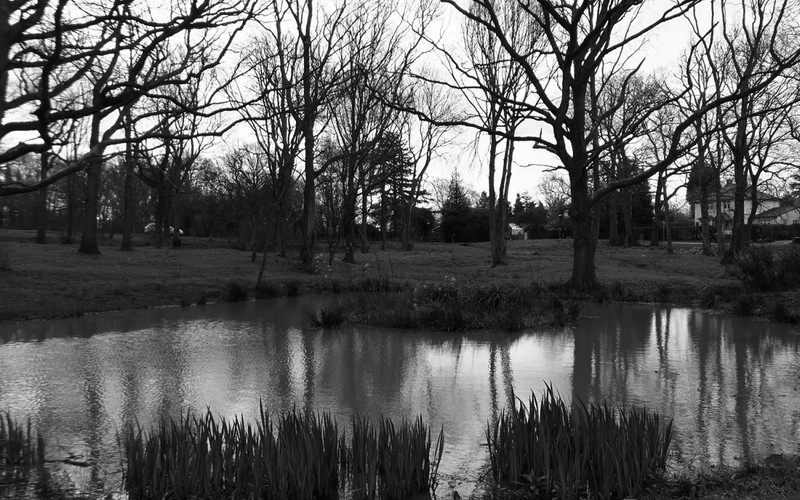
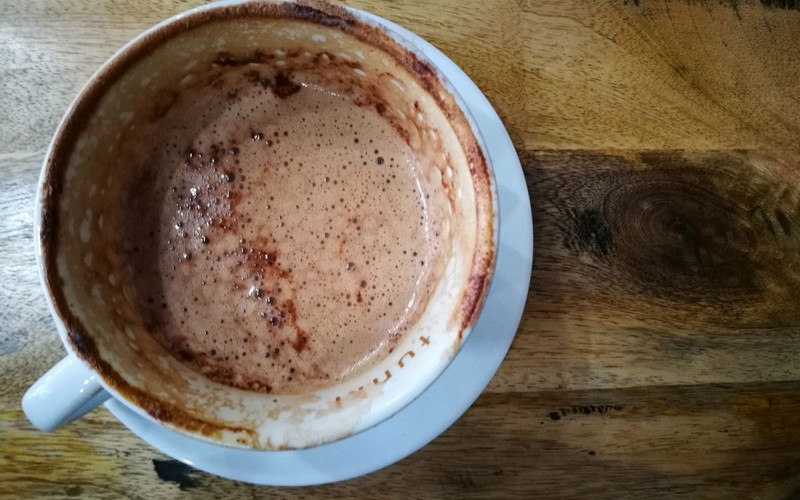


Battery life
The combination of the Kirin chip and Android with Huawei's shell has ruined battery life in the past. After a full day of heavy use that started at 9 a.m. during which we took most of the test photos, played games, browsed and downloaded apps, at 11 p.m. Huawei's battery showed 16%. This is quite predictable, as the battery is 3,000 mAh and fits comfortably inside the 6.9 mm case. 
Huawei P9 warranty
The Huawei P9 is warranted for two years and the battery for six months, but only with normal use. Spill something on it, or smash it, and your damage will not be covered. 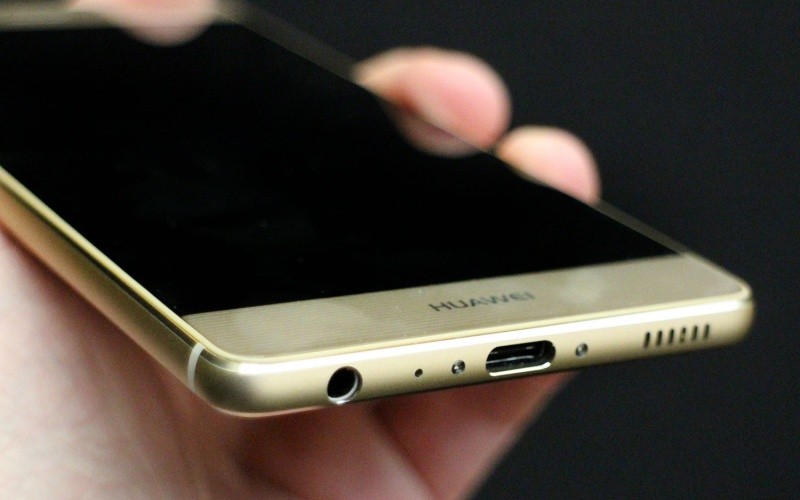
Outcome
The Chinese company came close to perfection with the Huawei P9, closer than with the Mate 8 and Nexus 6P, which we believe best android the phone in 2015, but it is not able to attract the masses of Samsung and LG buyers.
However, the Huawei P9 has captured our attention like no other Huawei phone... Despite the fact that we only tested it for a few days, we can recommend this smartphone with confidence. If you want a good flagship at a lower price and benefit from a powerful camera, the Huawei P9 is for you.
If you find an error, please select a piece of text and press Ctrl + Enter.
This year, Huawei, like ASUS, ceased to be just good manufacturers. inexpensive smartphones... Now they produce both theirs and real flagship devices. If earlier the huavei was purchased either because of the presence of a nexus in the lineup, or because of the good price and good quality, now everything has changed. You can buy the new Huawei P9 because of the cool features.
Design and ergonomics
As always, I'll start with appearance and ergonomics. The smartphone came out nice, and it is pleasant to look at it, it is pleasant to hold it, and in general it is pleasant to use it. I hate it when something creaks or when the body bends, this feeling of insecurity makes me angry. The P9 is thin, metal, with 2.5d glass, with the correct positioned elements on the case and even with USB Type C. By correctly positioned elements I mean the headphone jack on the bottom. But I will write a separate article about this soon!
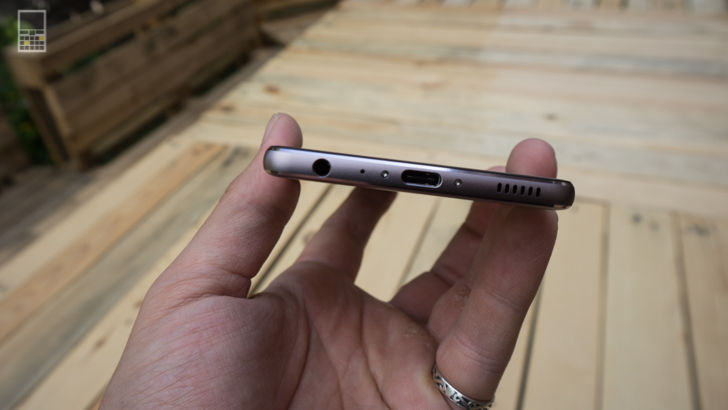
Everything else is pretty standard: on the right side there are volume and lock keys, on the left there is a tray for two SIM cards, one of which can be exchanged for a Micro SD memory card.
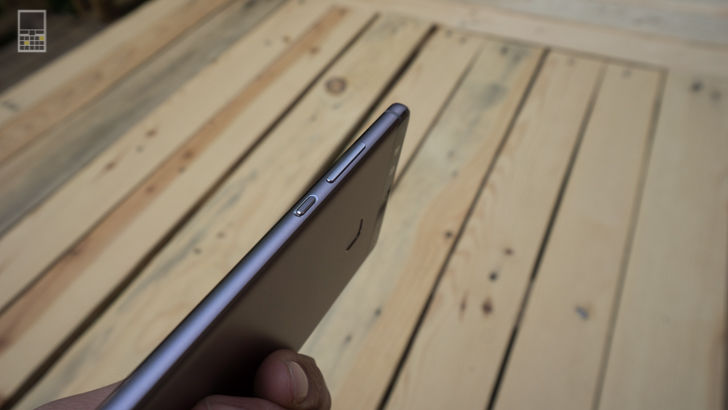
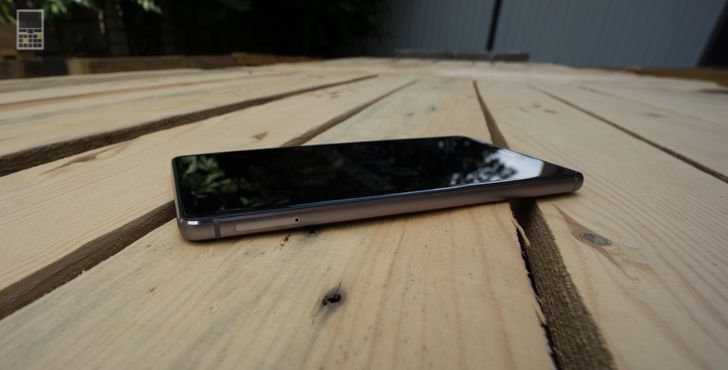
On the back is a new generation fingerprint scanner. This arrangement is familiar to Huawei, but personally I don't like it. When the smartphone is on the table, I have to lift it anyway to unlock it without entering a password. Also when the smartphone is docked in car holder- you can't reach the scanner, and you either have to take out your smartphone or enter a password. This is very annoying to me, so after a few days of using the P9, I chose to turn off the scanner.
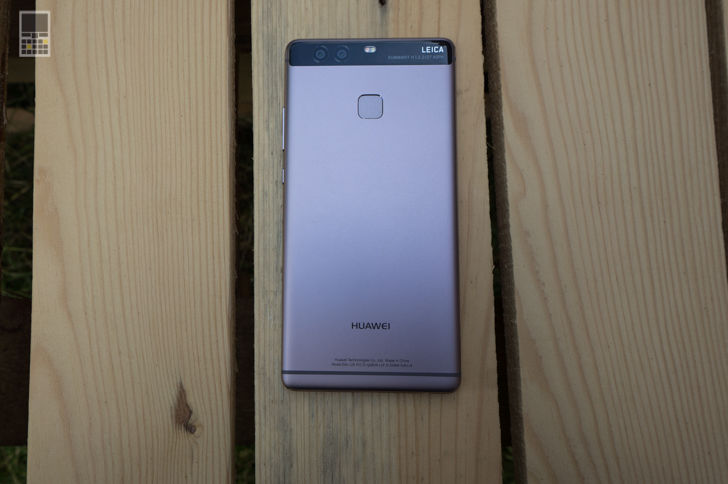
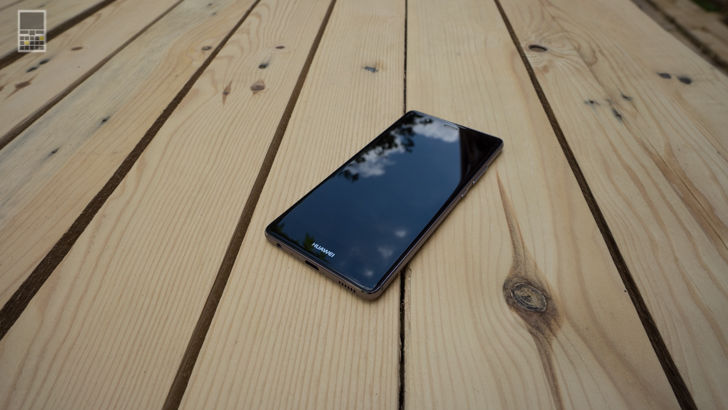
But that's all it is. But the cameras confuse me a little. There are two of them, why - I'll tell you later, but the location is not entirely clear to me. In general, the whole block with cameras is a question for me.
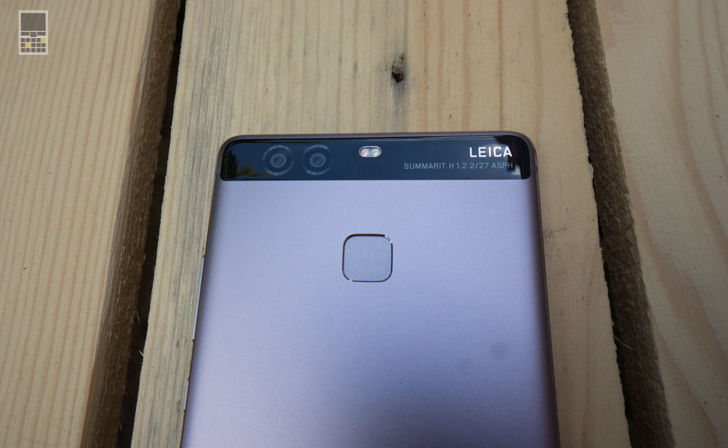
The two cameras are offset from the left edge, leaving an empty space there, the flash is centered horizontally, a lot of text on the right, and all this is not symmetrical. It seems to be nothing very critical, but it seems to me that it could have been made more aesthetically pleasing.
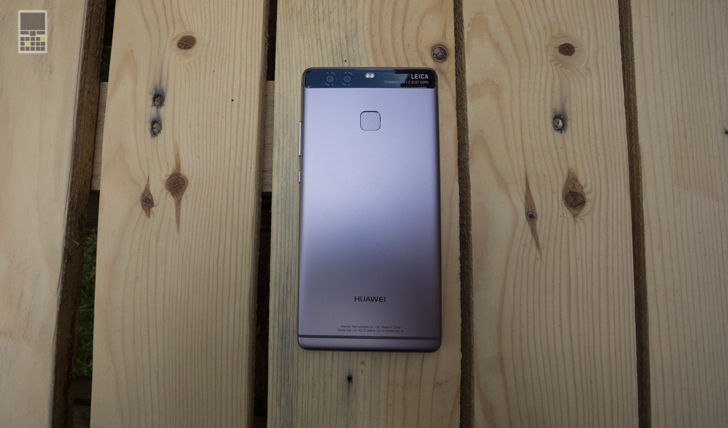
Nothing sticks out at the back: neither the camera nor the speaker, so the smartphone lies flat on any surface. It seems like a plus, but you have to keep one moment in your head. The case is thin, and this makes it difficult to lift, so you often have to poke around on the table. And here the flat surface affects. Almost always, I hear the crunch of dust or grains of sand between the body and the surface on which the smartphone lies.
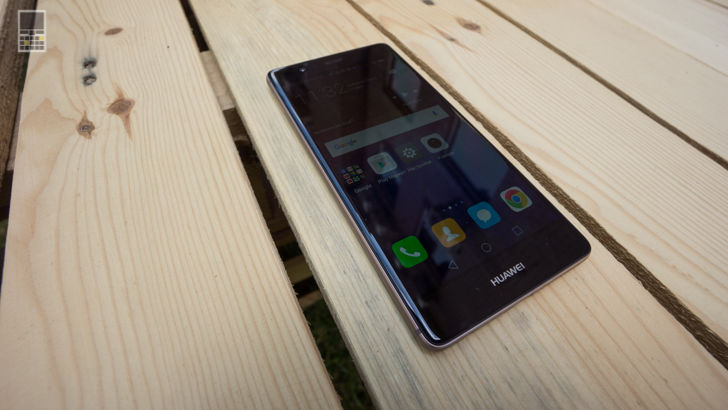
Cameras
It's time to talk about the main feature of this smartphone - the camera. Leica was involved in the development of the main module, but not in production. That is, in fact, they shared advice. This module consists of two 12MP Sony sensors with a pixel size of 1.25 microns, which is good. One reads color information - RGB, the second - about light, that is, it is monochrome. What is it for? To expand dynamic range... Is it really necessary for color photos? I think no. S7 and iPhone can handle it anyway. That is, the camera is good here, but I think two are not needed. Moreover, when photographing in color mode, I experimented with an open and closed monochrome camera, there is no difference.
But when photographing in monochrome, we get gorgeous b / w photos, because the range is really wider. In general, the quality of the photo on high level, I would love to take pictures on such a smartphone. I will not rush with words, they say, this best camera in smartphones, but it's really good. We'll be making a comparison with other flagships shortly.
But the video is frankly poorly written. Unfortunately, the camera does not have optical stabilization, and the software works somehow not very well, sometimes the camera misses the colors where the iPhone 6s and SGS7 display a real picture, and 4K is not supported at all. It's strange, because iron allows! Therefore, either we are waiting for an update for the camera, which will correct video shooting, or this smartphone should be bought only for photographing.
Examples of photos and videos
Front camera at 8 MP, without autofocus, aperture - 2.4. Everything is simple here: during the day it is good, in the evening it is bad.
I liked the camera interface very much. This is really convenient, and here I am not afraid to say that it is the most convenient. The main window displays only the most necessary information, if you need to change something, we resort to swipes. On the left, the modes are pulled out: standard, monochrome, video, HDR, panorama, night photography, slow motion, slow shutter speed, or even shooting with the addition of a watermark and scanning barcodes. Bottom - PRO mode. In long exposure mode, there are several items: lantern light, light pattern, water or stars.
The camera settings are pulled from the right edge of the display. There is a lot of everything here: resolution, photo or video, grids of different formats, horizon line, audio control, and more.
And above the shutter button there is a pull-out PRO mode. Here you can adjust ISO, shutter speed, exposure compensation, choose manual autofocus, white balance, etc. In general, one standard application cameras for all occasions. We will open a school soon mobile photography on Kaddre and there, specifically on the example of Huawei P9, we will tell you how to use all of this.
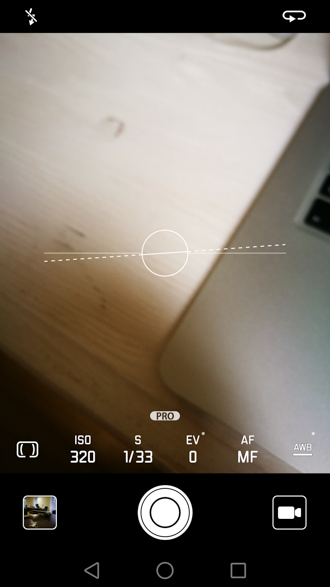
Separately, I will note the triple autofocus system: contrast with the use of a laser, contrast without use (it is not clear why it is needed) and phase. Works quickly and accurately.
Display
If everything is fine with the camera, then the screen could definitely be better. It has a 5.2 ″ IPS panel with Full HD resolution, it all sounds good. But here the black color becomes gray-pink when the smartphone deviates to the right or left. I did not notice any other problems, but I somehow forgot when I was soaring about the black color in flagship smartphones. The colors are good, the minimum and maximum brightness are also comfortable.

As I said, 2.5D glass, Gorilla Glass 4. I didn’t try to scratch it on purpose, but the smartphone was not the first to get to us, and there is not even the slightest micro-scratch on the glass. On Samsung, they appear quickly. It is hoped that the glass is tougher and more scratch resistant.
Specifications
In terms of hardware, we have a good flagship smartphone. Octa-core Huawei Kirin 955, Mali-T880 MP4, 3 or 4 GB of RAM, 32 or 64 - internal memory. I have a version with 3 GB of RAM and 32 GB of user memory, but this is enough for any task. Moreover, you can deliver a memory card instead of a second SIM card. In benchmarks, the smartphone is not at the top, but in general, everything works quickly.
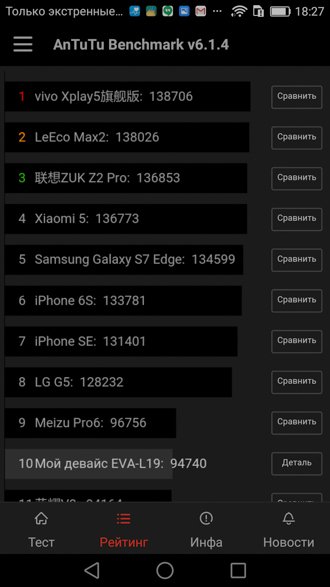
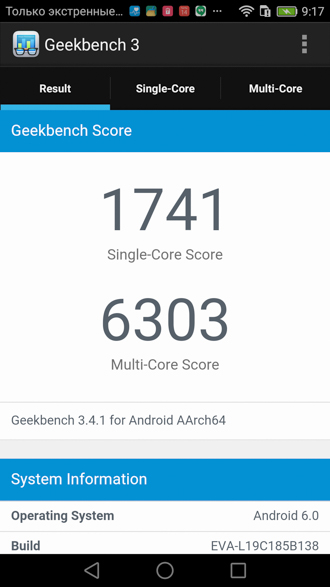
But heavy games are not his strongest side, in tanks there are subsidences to uncomfortable ones. That's basically it. If you are not playing demanding games, the performance will suffice with your head.
The battery capacity is 3000 mAh. This, as I already understood, is a certain standard and, in principle, I have nothing against it. And the smartphone is sleek and the capacity is normal. Then it's up to the software so that it is not crooked. Judging by experience, it will be enough for a day of more or less normal operation, but it must be charged every day.
In early April, Huawei demonstrated in London an updated line of its fashion models, represented by the P9 and P9 Plus smartphones. The main focus this time was on cameras: a dual camera with lenses created in collaboration with Leica should, in theory, attract special attention of the public and raise the attitude of users towards the Huawei brand to a new level. Whether the Chinese succeeded in everything they planned, we will find out during the testing process, but for now it is also worth noting that the manufacturer has not forgotten about the "lightweight" version of the smartphone. In the case of the ninth series, along with the P9 and P9 Plus, for those who want to save money, more available version P9 Lite. But the premium modification of the P9 Plus with the Press Touch screen function (analogue of Force Touch), as well as the simplified P9 Lite, will be discussed in other articles, and today we will turn to the central model new series- Huawei P9, estimated for the European market at 600-650 euros, and for the Russian market - around 50 thousand rubles.
Main characteristics of Huawei P9 (model EVA-L19)
- SoC HiSilicon Kirin 955, 8 cores: 4 × 2.5 GHz (ARM Cortex-A72) + 4 × 1.8 GHz (ARM Cortex-A53)
- GPU Mali-T880 MP4
- Operating system Android 6.0
- 5.2 ″ IPS touchscreen display, 1920 × 1080, 423 ppi
- Random access memory (RAM) 3/4 GB, internal memory 32/64 GB
- SIM-cards: Nano-SIM (2 pcs.)
- Support for microSD memory cards up to 128 GB
- GSM networks 850/900/1800/1900 MHz
- WCDMA networks 850/900/1900/2100 MHz
- LTE networks Cat.6 FDD Band 1/3/4/7/20, TDD Band 38-41
- Wi-Fi 802.11a / b / g / n / ac, Wi-Fi Direct, Wi-Fi Concurrency
- DLNA, Miracast
- Bluetooth 4.2
- USB 2.0 Type C, OTG
- GPS / A-GPS, Glonass, BDS
- Heading, proximity, lighting, accelerometer, gyroscope, magnetic compass, step counter, fingerprint scanner
- Cameras 12 + 12 MP, f / 2.2, autofocus, LED flash
- Camera 8 MP, front, f / 2.4
- Battery 3000 mAh
- Dimensions 145 x 71 x 7 mm
- Weight 144 g
| Huawei P9 | LG G5 se | Samsung Galaxy S7 Edge | Apple iPhone 6s Plus | |
| Screen | 5.2 ″ IPS, 1920 × 1080, 423 ppi | 5.3 ″ IPS, 2560 × 1440, 554 ppi | 5.5 ″ Super AMOLED, curved on both sides, 2560 × 1440, 534 ppi | 5.5 ″ IPS, 1920 × 1080, 401 ppi |
| SoC (processor) | HiSilicon (4 cores Cortex-A72 @ 2.5 GHz + 4 cores Cortex-A53 @ 1.8 GHz) | Qualcomm Snapdragon 652 (4x Cortex-A72 @ 1.8GHz + 4x Cortex-A53 @ 1.4GHz) | Samsung Exynos 8890 Octa (4 Mongoose cores @ 2.6 GHz + 4 cores Cortex-A53 @ 1.6) | Apple A9 (2 cores @ 1.8 GHz, 64-bit ARMv8-A architecture) |
| GPU | Mali-T880 MP4 | Adreno 510 | Mali-T880 | Apple a9 |
| Flash memory | 32 GB | 32 GB | 32 GB | 16/64/128 GB |
| Connectors | USB Type C (with OTG support), 3.5mm headset jack | Micro-USB (with OTG support), 3.5mm headset jack | Lightning dock connector, 3.5 mm headset jack | |
| Memory card support | microSD (up to 128GB) | microSD (up to 2 TB) | microSD (up to 200 GB) | No |
| RAM | 3 GB | 3 GB | 4 GB | 2 GB |
| Cameras | rear (12 Mp; video 1080p), front (8 Mp) | rear (16/8 MP; 4K video), front (8 MP) | rear (12 MP; 4K video), front (5 MP) | |
| LTE support | there is | there is | there is | there is |
| Battery capacity (mAh) | 3000 | 2800 | 3600 | 2750 |
| Operating system | Google Android 6.0 | Google Android 6.0.1 | Google Android 6.0.1 | Apple iOS 9.0 (upgradeable to 9.2.1) |
| Dimensions (mm) * | 145 × 71 × 7 | 149 × 74 × 7.7 | 151 × 73 × 7.7 | 158 × 78 × 7.3 |
| Weight (g) | 144 | 157 | 157 | 190 |
| average price | T-13747875 | T-13804120 | T-13485518 | T-12859250 |
| Retail deals Huawei P9 (32GB, Dual SIM) | L-13747875-10 | |||
Appearance and usability
A bit of history
Huawei P9 can be easily described as a fashion model with a beautiful, thoughtful design. This time, the company's artists did a great job. At this point, you can recall that the beginning of the Huawei P line of smartphones, in which the emphasis has always been on the external component, was laid by the Huawei Ascend P1 model, released back in 2012. That is, the company opened its fashion series of smartphones, then called Ascend P, exactly four years ago.
That first model, however, did not have metal case, and its main feature was its very small thickness. This distinctive feature has been preserved in all members of the P.
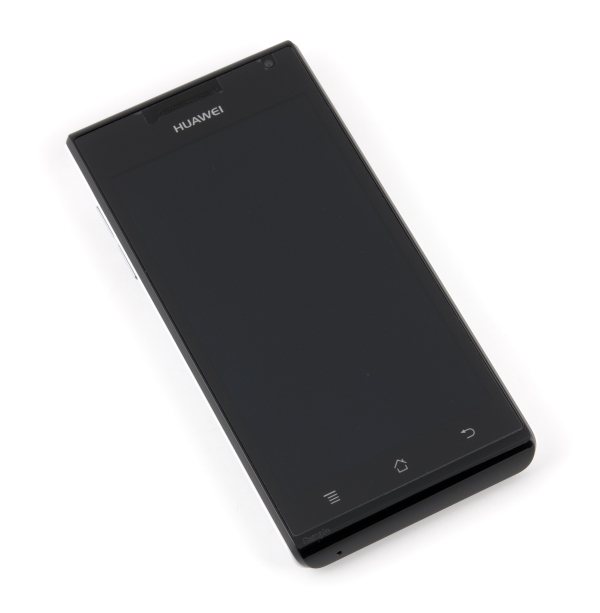
Subsequent models received both a metal rim and glass panels, but each time there was a feeling of some incompleteness in the design. This was especially true of the ridiculous rounding of the bottom end, which did not want to fit into a solid image.
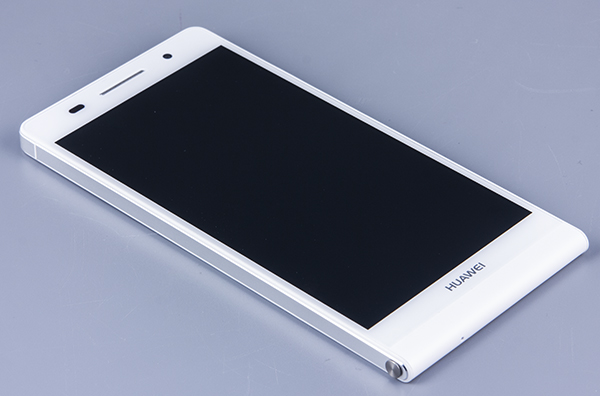
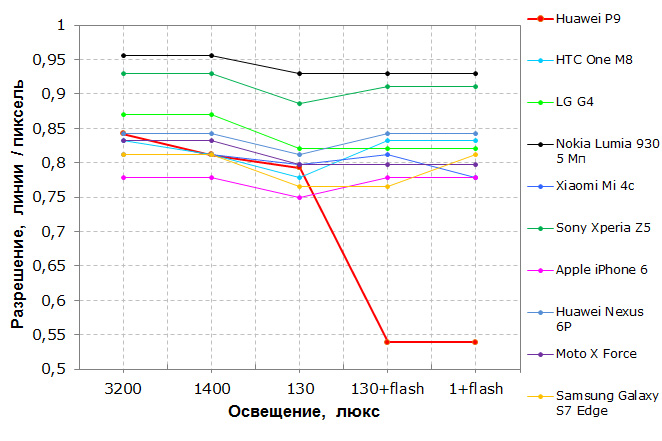

So the cameras of smartphones rested against a certain ceiling. Quality mobile cameras already corresponds to the level of medium compacts, and the younger rulers are even superior. And you have to come up with something else to stand out. We have already seen smartphones with two main camera modules, but here Huawei engineers decided to distinguish themselves by making one module in black and white. Since the second module is not distracted by colors, it can better resolve details, as well as (supposedly) expand the dynamic range. After programmatically stitching images from two cameras, we should get a sharp, detailed image with good dynamic range.
In fact, it turns out that everything is not so great. The unstable resolution in color can still be attributed to raw firmware, but problems with shooting in low light, which, according to the manufacturer, just shouldn't be, are very upsetting. At the same time, the monochrome module itself works quite well. However, its small gap from color colleagues may be due to the lack of color and less problems with noise. However, the camera's dynamic range is really good. There is no unnatural HDR in the pictures, but the highlights and shadows are well balanced.
| Huawei P9 | Apple iPhone 6 Plus |
 |
|
 |
 |
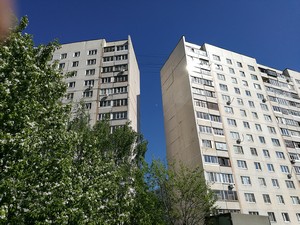 |
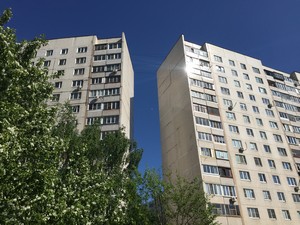 |
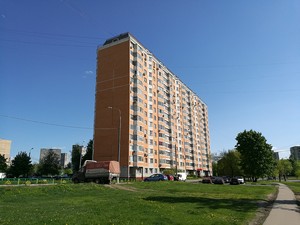 |
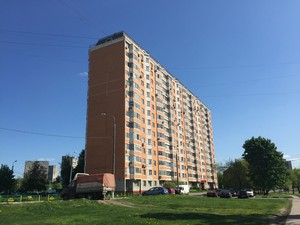 |
Perhaps, in production samples, the program will already learn how to stitch the images correctly, getting the best from each module, and we will really see an outstanding result. So far, the camera does not show anything special. Moreover, in some places in the corners there are areas of blur, which are completely unworthy of the flagship. However, the camera does a good job of documentary and artistic photography.
Here it is worth remembering one of the precepts of the modern amateur photographer, which says: "Almost any picture in b / w will look cooler." So in this case, the monochrome module can really be used to its fullest, similar to the Leica M-Monochrom connoisseurs. However, it should be understood that this module itself will not shoot like a Leica, and its dynamic range is at least already, not to mention the other quite obvious points.
| Color module | B / W module |
 |
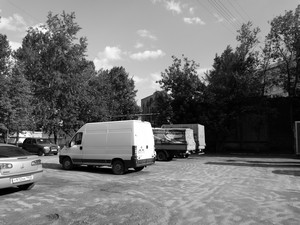 |
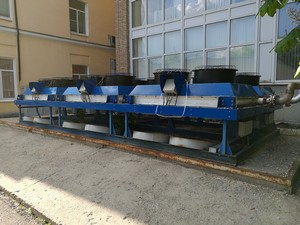 |
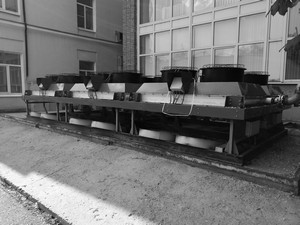 |
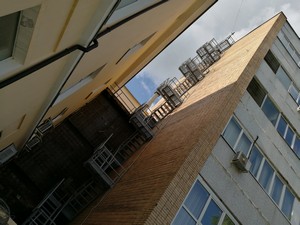 |
|
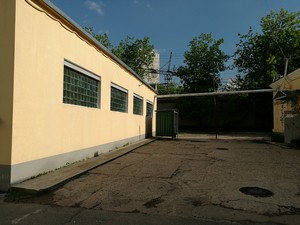 |
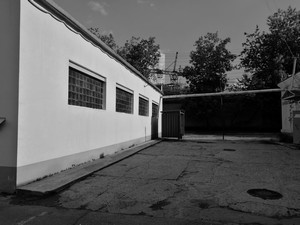 |
 |
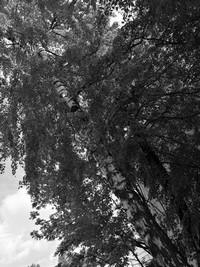 |
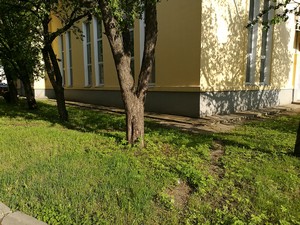 |
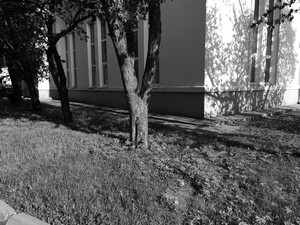 |
 |
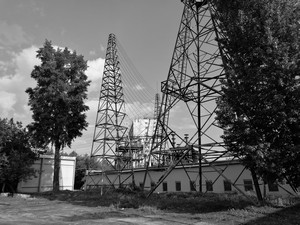 |
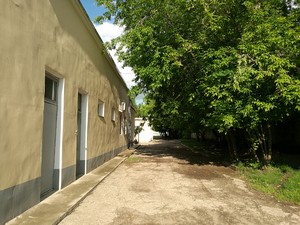 |
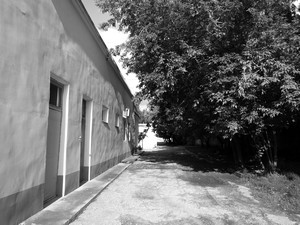 |
 |
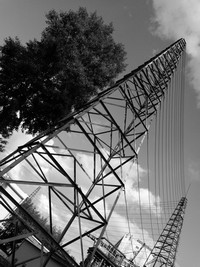 |
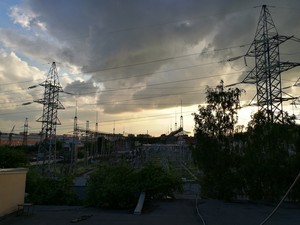 |
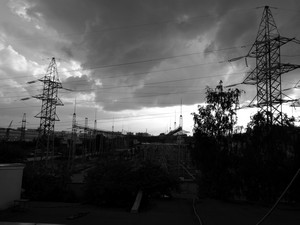 |
Telephone part and communications
The smartphone works as standard in modern 2G GSM and 3G WCDMA networks, and also has support for fourth-generation LTE Cat.6 networks with a maximum possible speed of up to 300 Mbit / s for reception, frequency aggregation is supported with appropriate support from the operator's network. Huawei says that in their next smartphone they used not a double, but a "triple Signal + 2.0 virtual antenna." Combined with the "Signal +" fast switching technology, this allows the smartphone to select the optimal communication mode and improves the quality of the connection even while driving at high speeds, for example, when the user is talking while on a high-speed train.
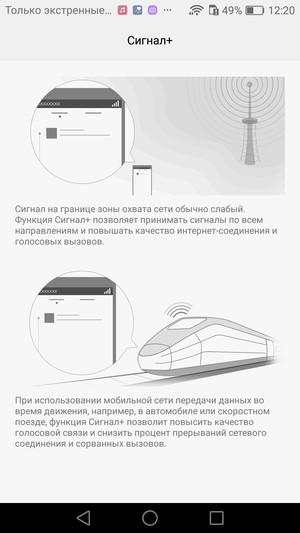 |
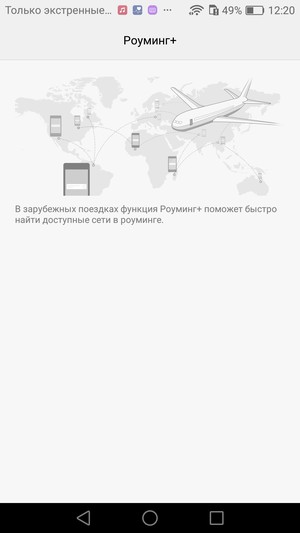 |
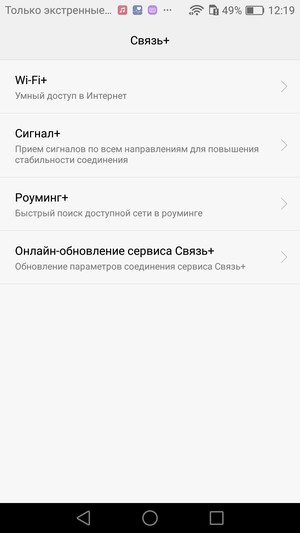 |
 |
Five FDD LTE bands are supported, including the three most common in domestic operators (B3, B7 and B20). It also supports four FDD TDD bands (Band 38-41). In practice, with a SIM-card of the MTS operator in the Moscow region, the smartphone confidently registered and worked in 4G networks. In general, both the connection speed in 4G networks and work with cellular networks in general, Huawei P9 liked it: the smartphone instantly reconnects after a break, does not lose connection in areas of uncertain reception, gives out the maximum high speeds in 4G in test spots, where many others perform much worse. In terms of communication capabilities, the hero of the review has everything at his best.
There is support for Bluetooth 4.1, but for some reason NFC is not. It is very strange that Huawei does not consider this function necessary at least for top-end devices, while the usefulness of this technology is only growing. The smartphone supports Wi-Fi Direct, you can organize a wireless access point via Wi-Fi or Bluetooth channels. "Clever" wifi function+ allows you to automatically switch between Wi-Fi network and network mobile transmission data. USB 2.0 Type C connector supports connecting external devices to USB mode OTG.
The navigation module works with GPS (A-GPS), Glonass and the Chinese Beidou. There are no complaints about the speed of the navigation module, the first satellites are detected during a cold start within the first minute. The smartphone is equipped with a magnetic field sensor, on the basis of which the compass of navigation programs functions.
It is possible to reduce the size of the virtual keyboard and even the entire working area of the screen for easy control with one hand.
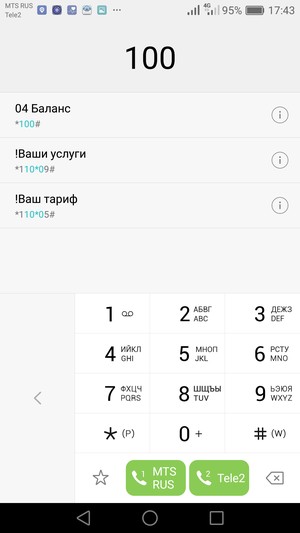 |
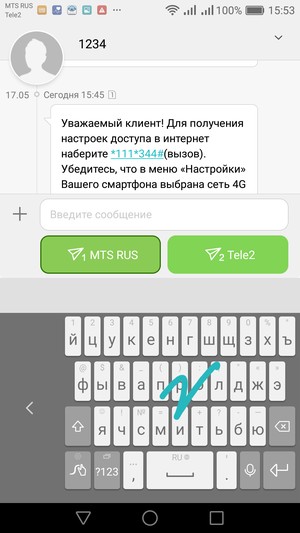 |
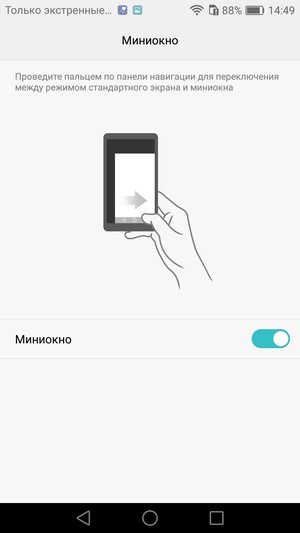 |
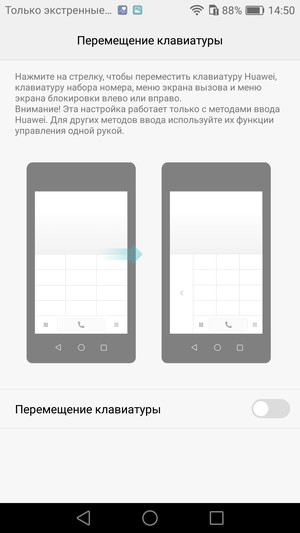 |
The smartphone, like all representatives of the P line, provides work with two SIM cards according to the Dual SIM Dual Active standard. That is, here both cards can work in parallel and at the same time, because the smartphone uses two separate radio modules. It is very rare in modern smartphones option. It is very simple to use it: during parallel conversations, you can instantly switch from one interlocutor to another by pressing only one button.
Any of the SIM cards can be assigned as the main one for organizing voice calls, data transfer and sending SMS messages; when dialing a number, you can also select the desired card with the corresponding buttons. A SIM card in any slot can work with 3G / 4G networks, but only one of them can function in this mode at the same time. To change the assignment of card slots, you do not need to swap places - this can be done directly from the phone menu.
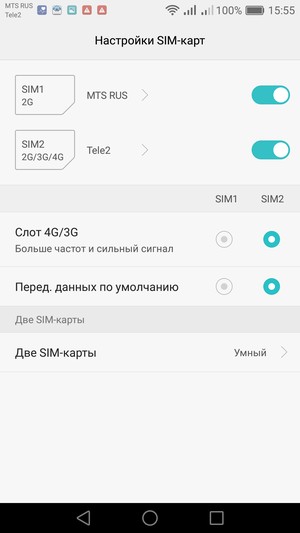 |
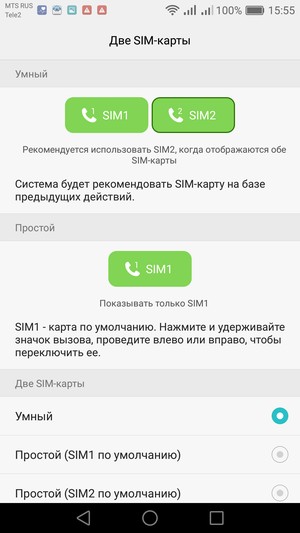 |
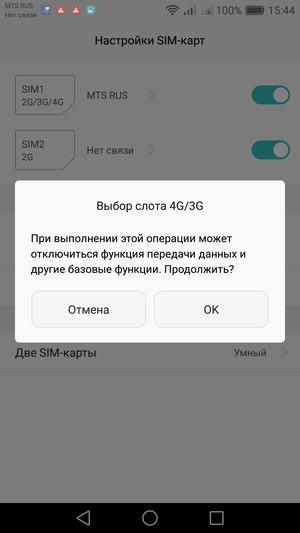 |
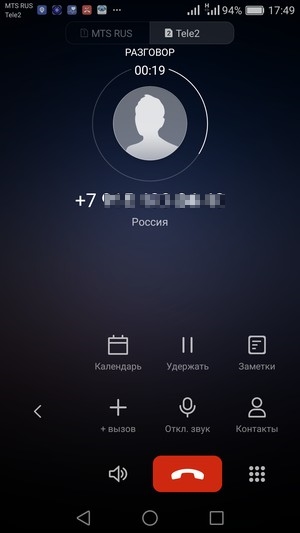 |
OS and software
As a system, the device uses software platform Google Android 64-bit Android 6.0 Marshmallow. On top of the regular Google interface, Huawei's own shell is habitually installed for the fourth version of Emotion UI 4.1. Everything here is quite familiar and familiar: work with gestures is supported, there is an additional virtual control button that can be expanded on the screen into a radial menu. The navigation panel has been modified, divided into several tabs, the first of them has a convenient timeline of events, the next one contains a quick access menu to the main settings, and a swipe up from the bottom brings up another menu where you can find a flashlight, voice recorder and some others useful functions and settings. It is possible to change the design themes and enable a simplified desktop mode, the lower control row virtual buttons can also be reassigned at your own discretion.
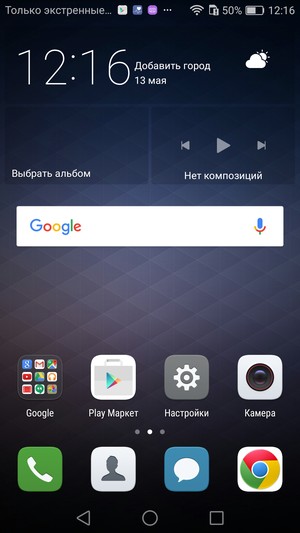 |
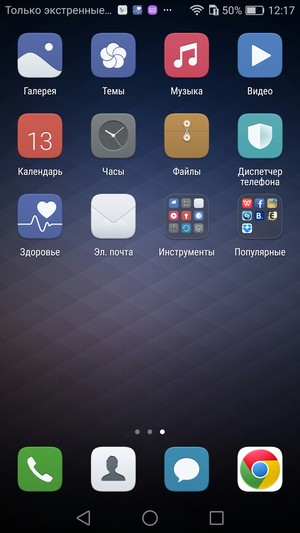 |
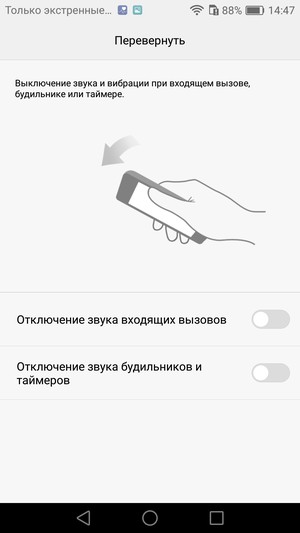 |
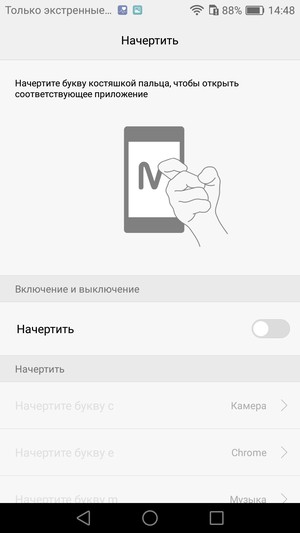 |
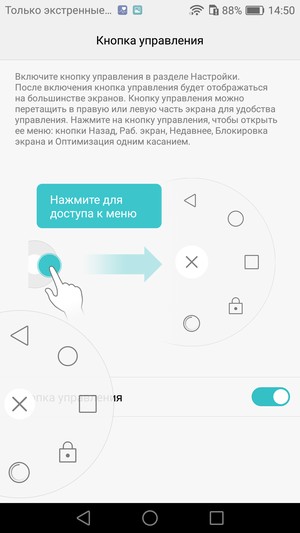 |
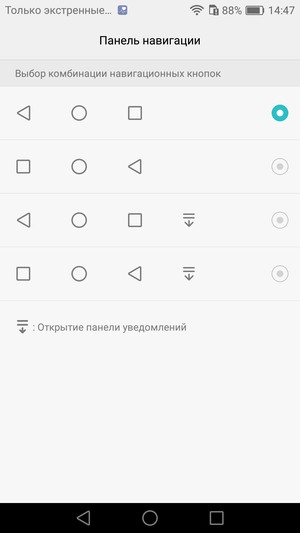 |
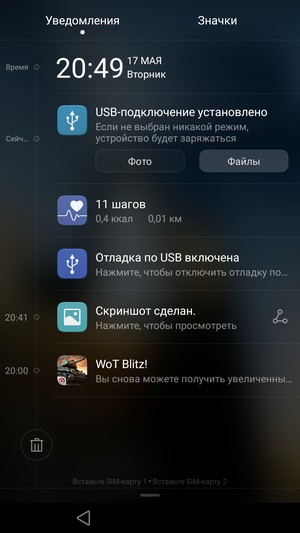 |
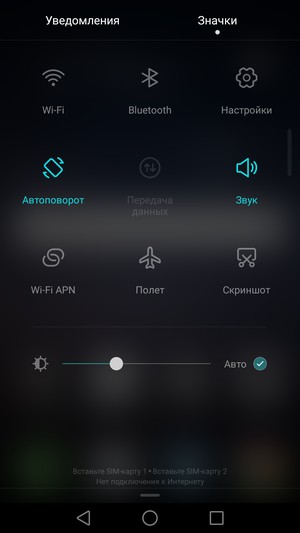 |
The operation of the fingerprint scanner does not cause any complaints, the finger can be brought up, as usual, from any angle, authorization is very fast and without errors. Using a fingerprint scanner, you can not only unlock your smartphone, but also block access to certain applications, make payments, flip through photos in the gallery, answer calls, and even turn off the alarm. There is nothing new in this, the functionality is quite familiar and convenient. True, the convenience of the very location of the scanner on the rear side of the case raises questions, but this is a separate topic for discussion.
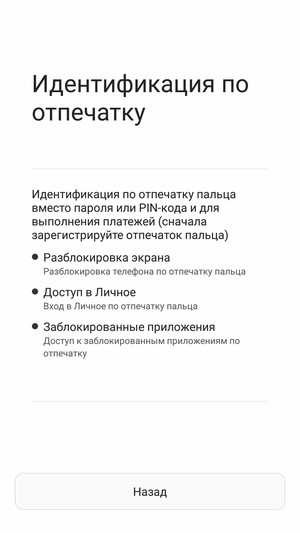 |
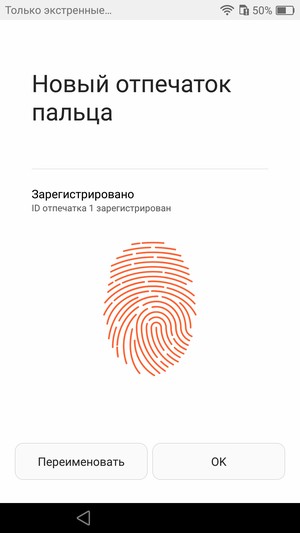 |
Performance
The Huawei P9 hardware platform is based on Huawei's new 8-core HiSilicon Kirin 955 SoC. This SoC is made on 16-nanometer technology and is actually an overclocked version of the Kirin 950. It includes four powerful 64-bit ARM Cortex-A72 cores with a frequency of up to 2.5 GHz, which are complemented by four simpler 64-bit Cortex cores. A53 up to 1.8 GHz. The Mali-T880 MP4 quad-core video accelerator is responsible for graphics processing.
The amount of RAM of the smartphone is 3 GB, the amount of built-in flash memory is 32 GB (the user of which has about 23 GB of free space). This volume can be increased by using microSD cards, but then one of the SIM cards will have to be removed. It is also possible to connect to USB port external flash drives in OTG mode. MicroSD cards officially supported in capacities up to 128GB, in practice, our 128GB Transcend Premium microSDXC UHS-1 test card was confidently recognized by the device.
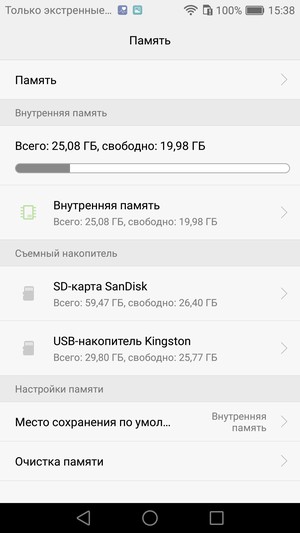 |
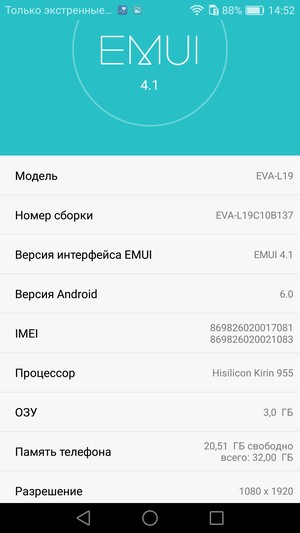 |
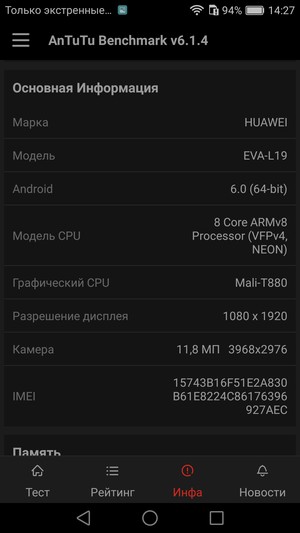 |
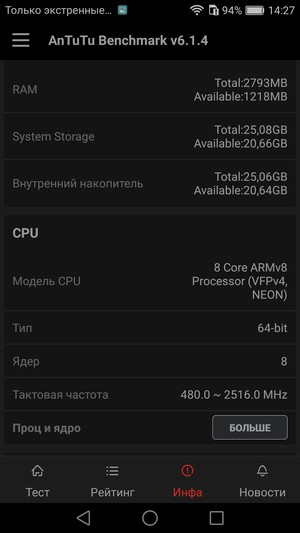 |
Test results of the new flagship Huawei platforms left a double impression. In complex tests, the SoC shows good results, although they are far from the leading positions of the latest flagship platforms from Qualcomm and Samsung. But as for the graphics, in this regard Huawei flagships and Mediatek (Helio X20) are at an incomparably lower level than Snapdragon 820, Exynos 8890 and even Snapdragon 810.
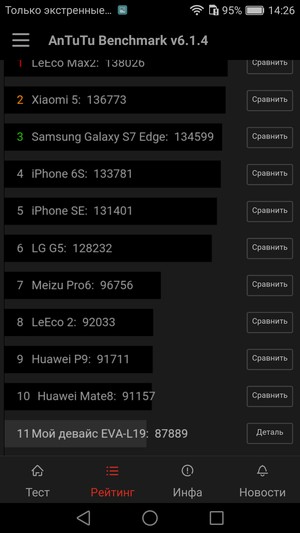 |
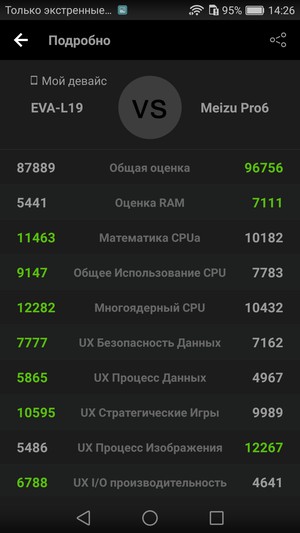 |
Summing up, we can say that the flagship Qualcomm processors and Samsung maintain a significant lead over the Kirin 955. Nevertheless, the performance of this platform should be more than enough for all tasks, including demanding games. Simple games such as Tanks are played very comfortably on Huawei P9, the number of frames per second does not drop below 60 fps.
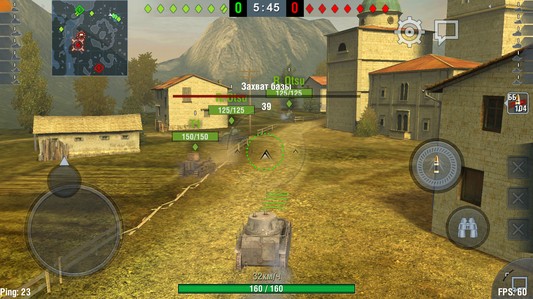
Testing in latest versions complex tests AnTuTu and GeekBench 3:
All the results obtained by us when testing the smartphone in the most recent versions of popular benchmarks, we have summarized for convenience in tables. Several other devices from various segments are usually added to the table, also tested on similar latest versions of benchmarks (this is done only for a visual assessment of the obtained dry numbers). Unfortunately, within the framework of one comparison, it is impossible to present the results from different versions benchmarks, so many worthy and relevant models remain "behind the scenes" - due to the fact that they once passed the "obstacle course" on previous versions test programs.
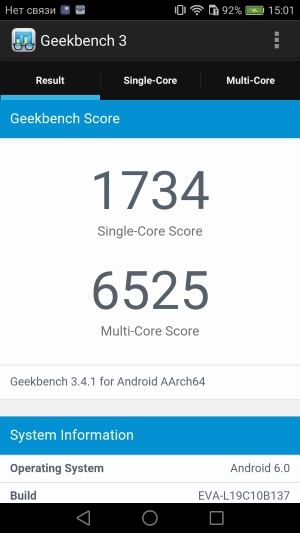 |
Testing the graphics subsystem in game tests 3DMark, GFXBenchmark and Bonsai Benchmark:
When testing in 3DMark for the most productive smartphones, it is now possible to run the application in Unlimited mode, where the rendering resolution is fixed at 720p and VSync is disabled (which can cause the speed to rise above 60 fps).
| Huawei P9 (HiSilicon Kirin 955) |
LG G5 se (Qualcomm Snapdragon 652) |
Meizu Pro 5 (Exynos 7420) |
Huawei Nexus 6P (Qualcomm Snapdragon 810) |
LeTV 1s (Mediatek MT6795T) |
|
| 3DMark Ice Storm Sling Shot (more is better) |
896 | 738 | 1340 | 1305 | 542 |
| GFXBenchmark T-Rex HD (C24Z16 Onscreen) | 25 fps | 19 fps | 52 fps | 31 fps | 26 fps |
| GFXBenchmark T-Rex HD (C24Z16 Offscreen) | 23 fps | 25 fps | 57 fps | 42 fps | 27 fps |
| Bonsai benchmark | 3866 (55 fps) | 3515 (50 fps) | 4130 (59 fps) | 4035 (58 fps) | 3785 (54 fps) |
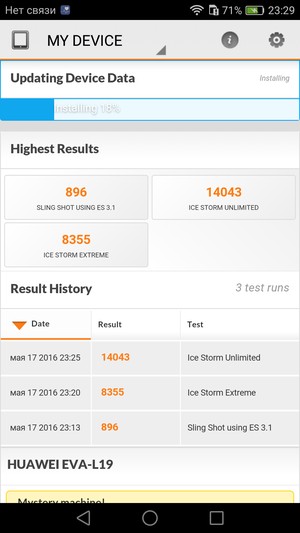 |
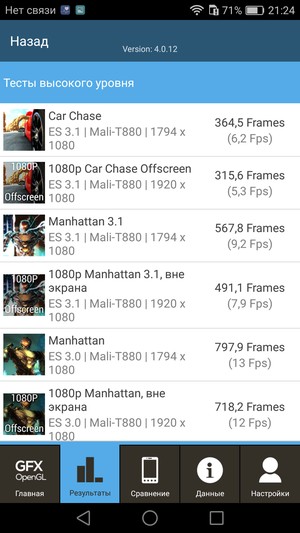 |
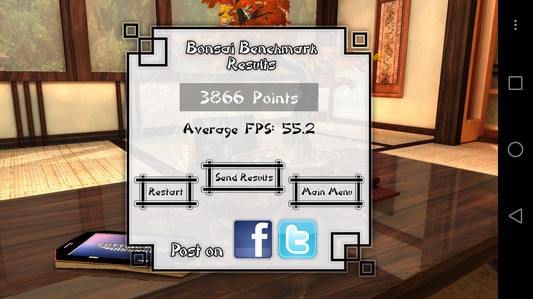
Browser cross-platform tests:
As for benchmarks for evaluating the speed of the javascript engine, you should always make allowances for the fact that the results in them significantly depend on the browser in which they are launched, so that the comparison can be truly correct only on the same OS and browsers, and this possibility is available when testing not always. In the case of Android OS, we always try to use Google chrome.
Thermal imagery
Below is a thermal image of the rear surface taken after 10 minutes of running the battery test in the GFXBenchmark program (the lighter, the higher the temperature):
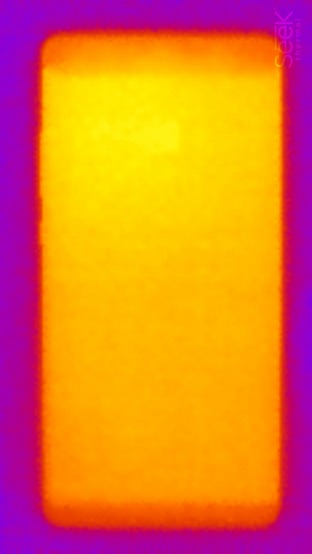
Heating is a little more localized in the upper part of the device. At the same time, a large area with approximately the same temperature suggests that the case distributes heat well from heating components. According to the heat chamber, the maximum heating was only 36 degrees (at an ambient temperature of 24 degrees), which is relatively little.
Video playback
To test the "omnivorous" video playback (including support for various codecs, containers and special features, such as subtitles), we used the most common formats that make up the bulk of the content available on the Web. Note that it is important for mobile devices to have support for hardware video decoding at the chip level, since it is often impossible to process modern versions using processor cores alone. Also, do not expect a mobile device to decode everything, since the leadership in flexibility belongs to the PC, and no one is going to challenge it. All results are summarized in a single table.
According to the test results, the subject was not equipped with all the necessary decoders, which are needed to fully play most of the most common multimedia files on the network, in this case, audio files. To play them successfully, you will have to resort to using a third-party player - for example, MX Player. True, it is also necessary to change the settings in it and manually install additional custom codecs, because now this player does not officially support the AC3 audio format.
| Format | Container, video, sound | MX Video Player | Native video player |
| BDRip 720p | MKV, H.264 1280 × 720, 24fps, AAC | reproduced normally | reproduced normally |
| BDRip 720p | MKV, H.264 1280 × 720, 24fps, AC3 | video plays fine, no sound | |
| BDRip 1080p | MKV, H.264 1920 × 1080, 24fps, AAC | reproduced normally | reproduced normally |
| BDRip 1080p | MKV, H.264 1920 × 1080, 24fps, AC3 | video plays fine, no sound | video plays fine, no sound |
Further video playback testing was done by Alexey Kudryavtsev.
We could not test support for SlimPort or MHL adapters due to the lack of an adapter option that connects to the USB Type C port, so we had to limit ourselves to testing the output of video files on the screen of the device itself. To do this, we used a set of test files with an arrow and a rectangle moving one division per frame (see "Methodology for testing video playback and display devices. Version 1 (for mobile devices)
Note: If both columns Uniformity and Skips green ratings are set, this means that, most likely, when watching movies, artifacts caused by uneven alternation and skipping of frames will either not be visible at all, or their number and visibility will not affect the viewing comfort. Red marks indicate possible problems with the playback of the respective files.
According to the criterion for outputting frames, the quality of video files playback on the screen of the smartphone itself is good, since frames (or groups of frames) can (but are not required) to be displayed with more or less uniform alternation of intervals and without skipping frames. When playing video files with a resolution of 1920 by 1080 pixels (1080p) on a smartphone screen, the image of the video file itself is displayed exactly along the edge of the screen, one to one pixel by pixel, that is, in the original resolution. The brightness range displayed on the screen corresponds to the standard range of 16-235 - all shades are displayed in shadows and highlights.
Battery life
The Huawei P9 has a removable battery capacity of a whopping 3000 mAh, which is decent considering the slim and light body of the device. A smartphone with such a battery and without an increased display resolution logically demonstrates a very impressive level of autonomy. The device confidently lives up to the evening charge even with an eventful day, sometimes it can live longer, but it is still better to put it on charge overnight. Testing, as usual, was carried out without activating any power-saving modes, although these are naturally available in the device.
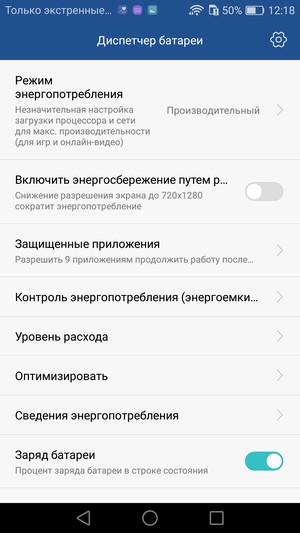 |
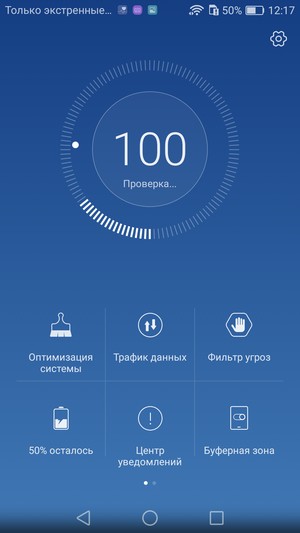 |
You can use them not in the usual menu with settings, but through a complex application that contains a battery manager, tools for optimizing and cleaning the system, and also means of protecting against viruses.
| Battery capacity | Reading mode | Video mode | 3D Game Mode | |
| Huawei P9 | 3000 mAh | 19h 00m | 9h 00m | 4h 50m |
| LG G5 se | 2800 mAh | 13h 20m | 8h 30m | 4h 20m |
| Alcatel Idol 4s | 3000 mAh | 12h 00m | 8h 00m | 4h 00m |
| Moto x force | 3760 mAh | 16h 30m | 10h 00m | 4h 40m |
| Huawei Nexus 6P | 3450 mAh | 15h 00m | 8h 30m | 4h 30m |
| LG Nexus 5X | 2700 mAh | 14h 30m | 6h 00m | 4h 00m |
| Lg g4 | 3000 mAh | 17h 00m | 9h 00m | 3h 00m |
| OnePlus 2 | 3300 mAh | 14h 00m | 11h 20m | 4h 30m |
| Google Nexus 6 | 3220 mAh | 18h 00m | 10h 30m | 3h 40m |
| Meizu Pro 5 | 3050 mAh | 17h 30m | 12h 30m | 3h 15m |
Continuous reading in the Moon + Reader program (with a standard, light theme, with auto-scrolling) at a minimum comfortable brightness level (the brightness was set to 100 cd / m²) lasts a very long time, from 18 to 19 hours. When continuously watching Youtube videos in high quality(720p) with the same brightness level over the home Wi-Fi network the device has been functioning for more than 9 hours. In 3D games mode, the smartphone works confidently for more than 4 hours.
Unfortunately, a copy of Huawei P9 arrived to us for testing without a complete charger... From a conventional charger with a maximum output current of 2 A, the device is charged for approximately 2 hours with a current of 1.8 A at a voltage of 5 V. Wireless charging the device does not support.
Outcome
The announced cost of Huawei P9 frankly upset: the Chinese, having put on their smartphone a price of 50 thousand rubles (in Europe - 650 euros), clearly make it clear that they will stop at nothing in an effort to drum into the minds of buyers the conviction that the Huawei brand may not be less expensive and “premium” than market leaders such as Samsung and Apple. However, the murmur of users (“50 thousand for Huawei is expensive”) does not stop, because for that kind of money you can buy the most coveted Samsung Galaxy S7 or Apple iPhone 6. As a result, in about a month and a half of presence in Russian retail, Huawei P9 fell in price representatives up to 40 thousand rubles, and "gray" models can be bought for almost 30 thousand.
And in terms of product quality, the Chinese company still needs to catch up. Collaboration with Leica actually did not give significant advantages when taking photos over the same market leaders. But cameras and the quality of shooting are currently the main yardsticks of top smartphones, since the rest of them are for the most part already almost the same. And in this "rest" Huawei P9 is quite good, with its impressive design, high-quality screen, sound system, communication capabilities and good autonomy. But as for Kirin's own hardware platform, Huawei has not yet been able to catch up with the leaders. The platform itself may be not bad, but if we compare its capabilities with the same Samsung Exynos 8890, and even add here incredible opportunities cameras of the same Galaxy S7, then the question of who will get 50 thousand from the buyer's wallet will be decided, rather, in favor of Samsung.

